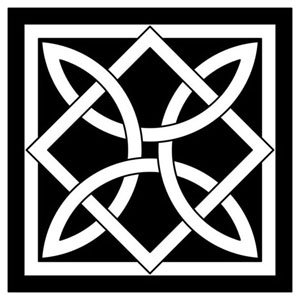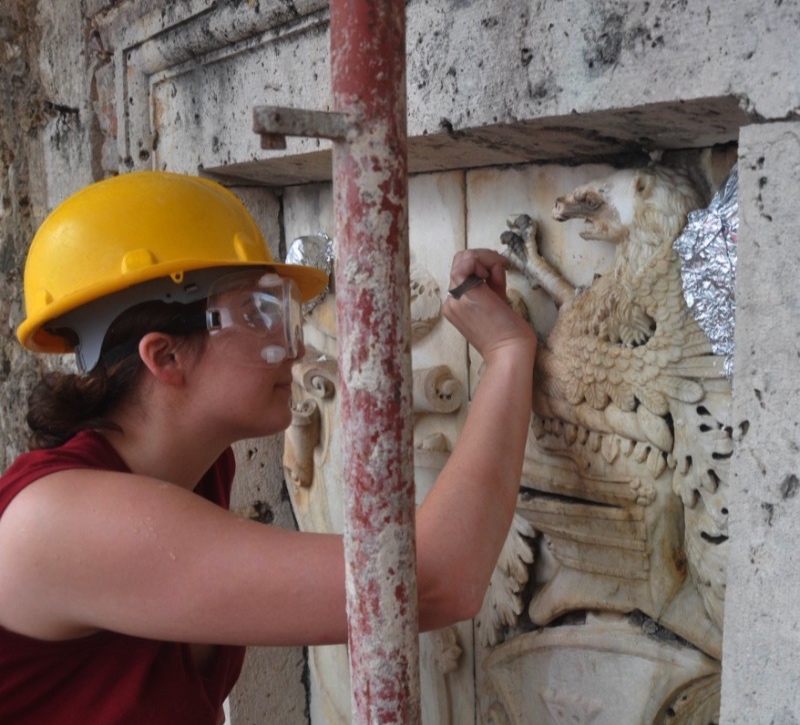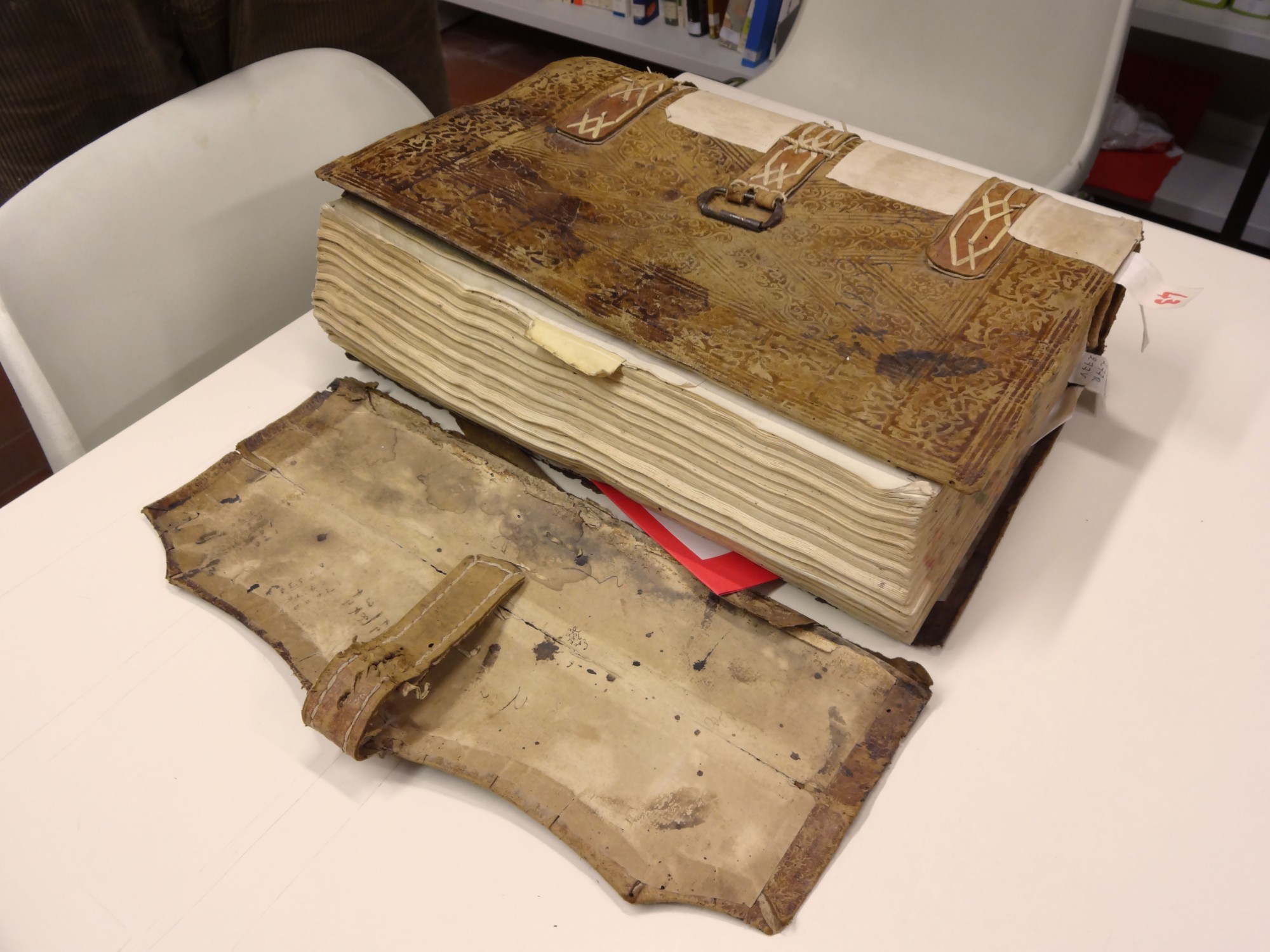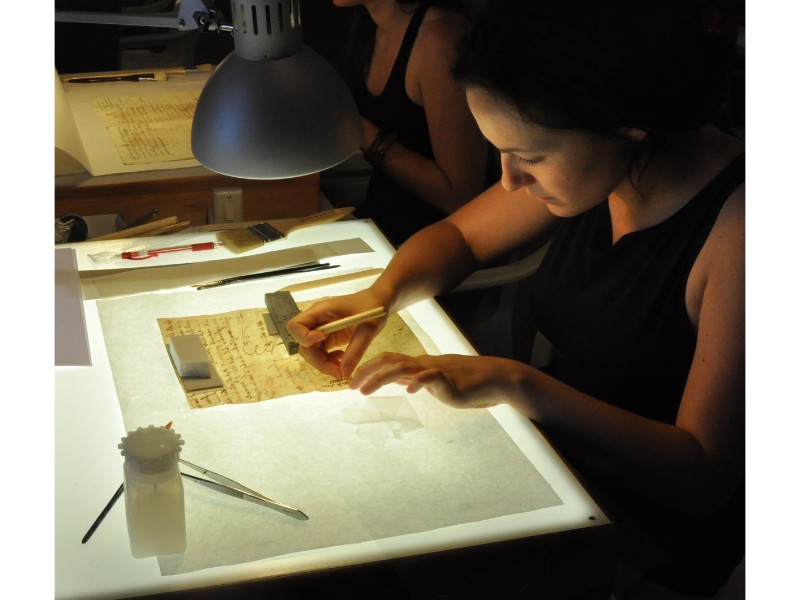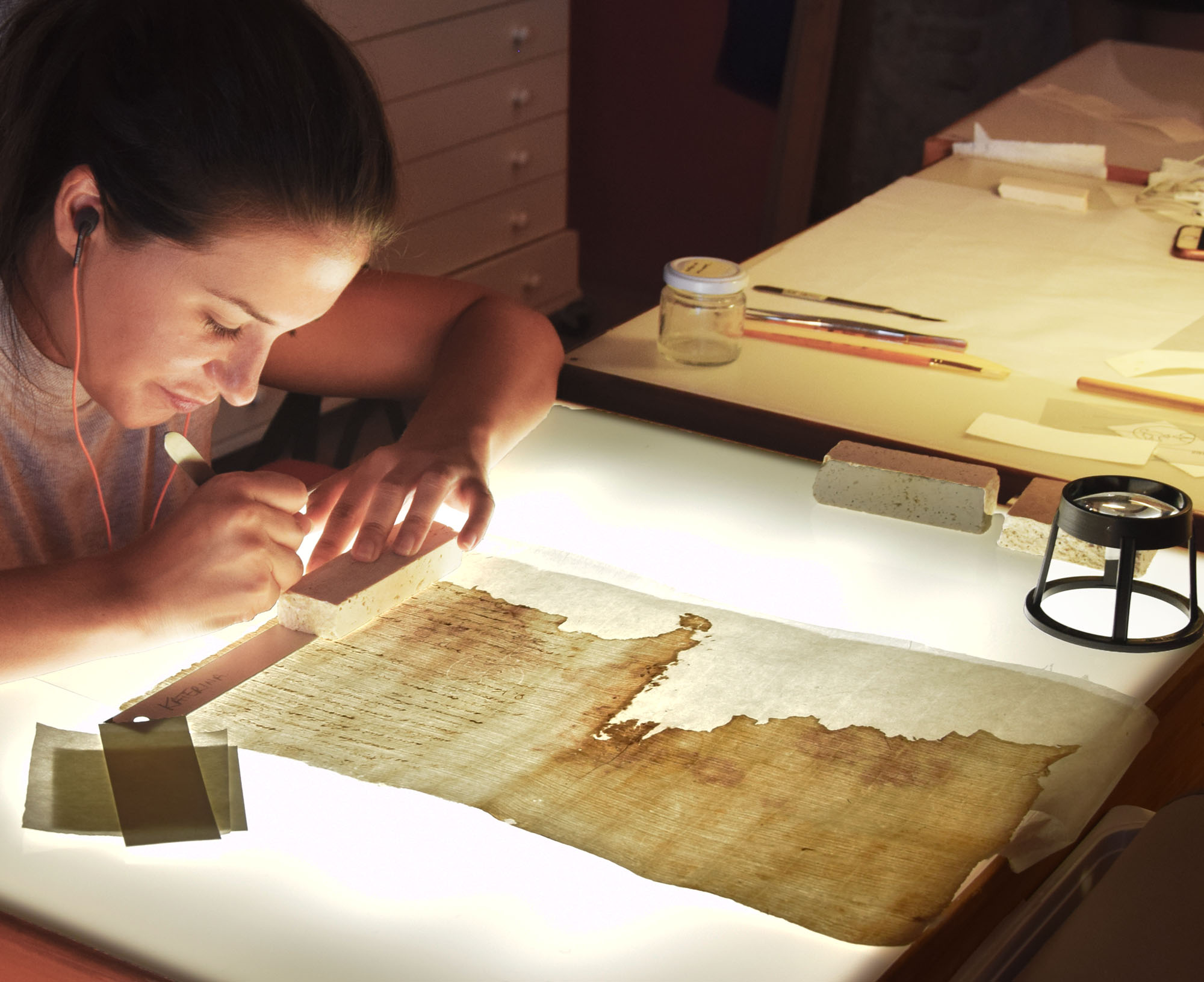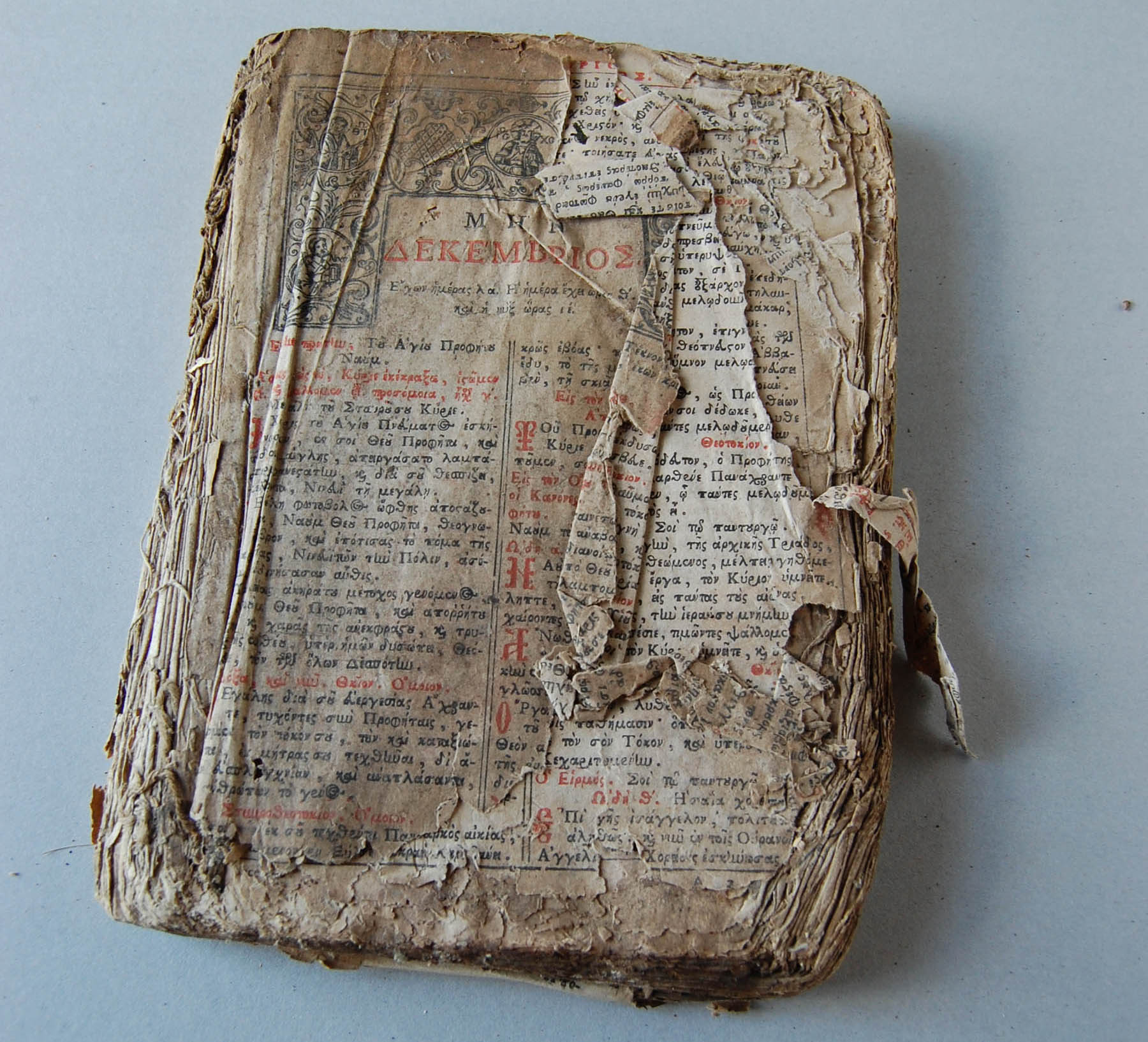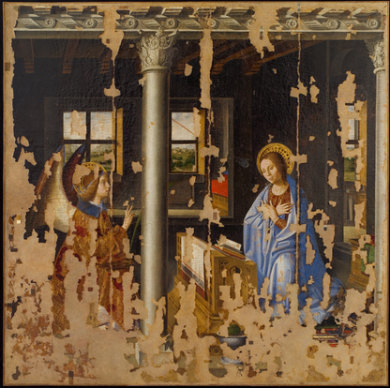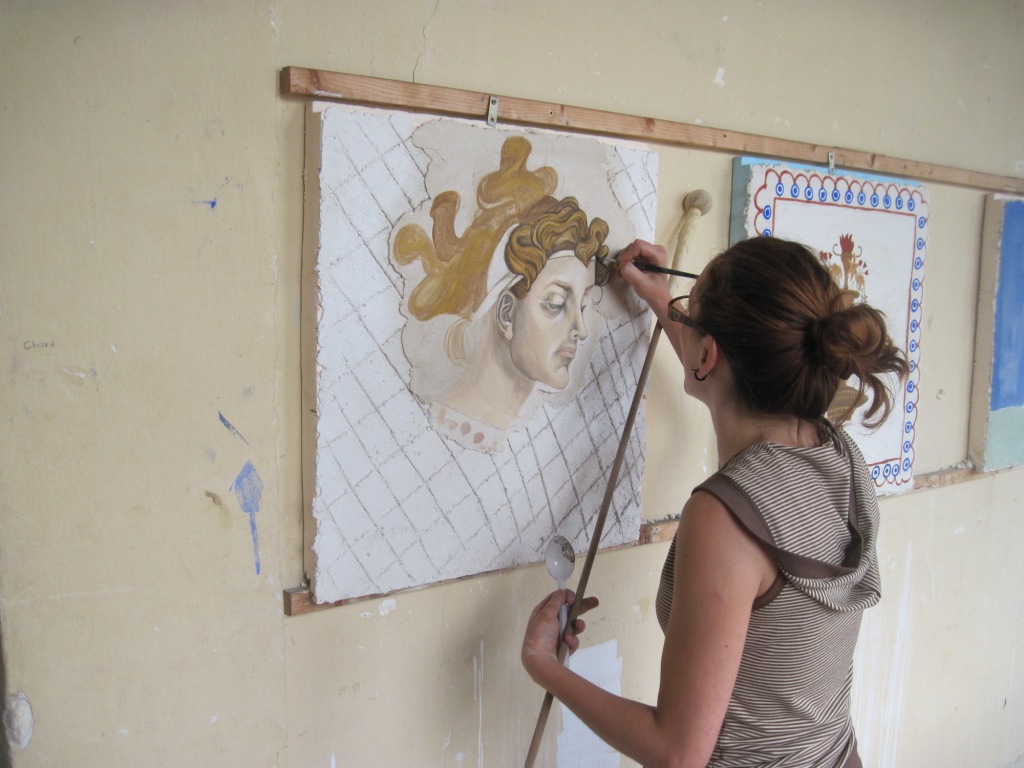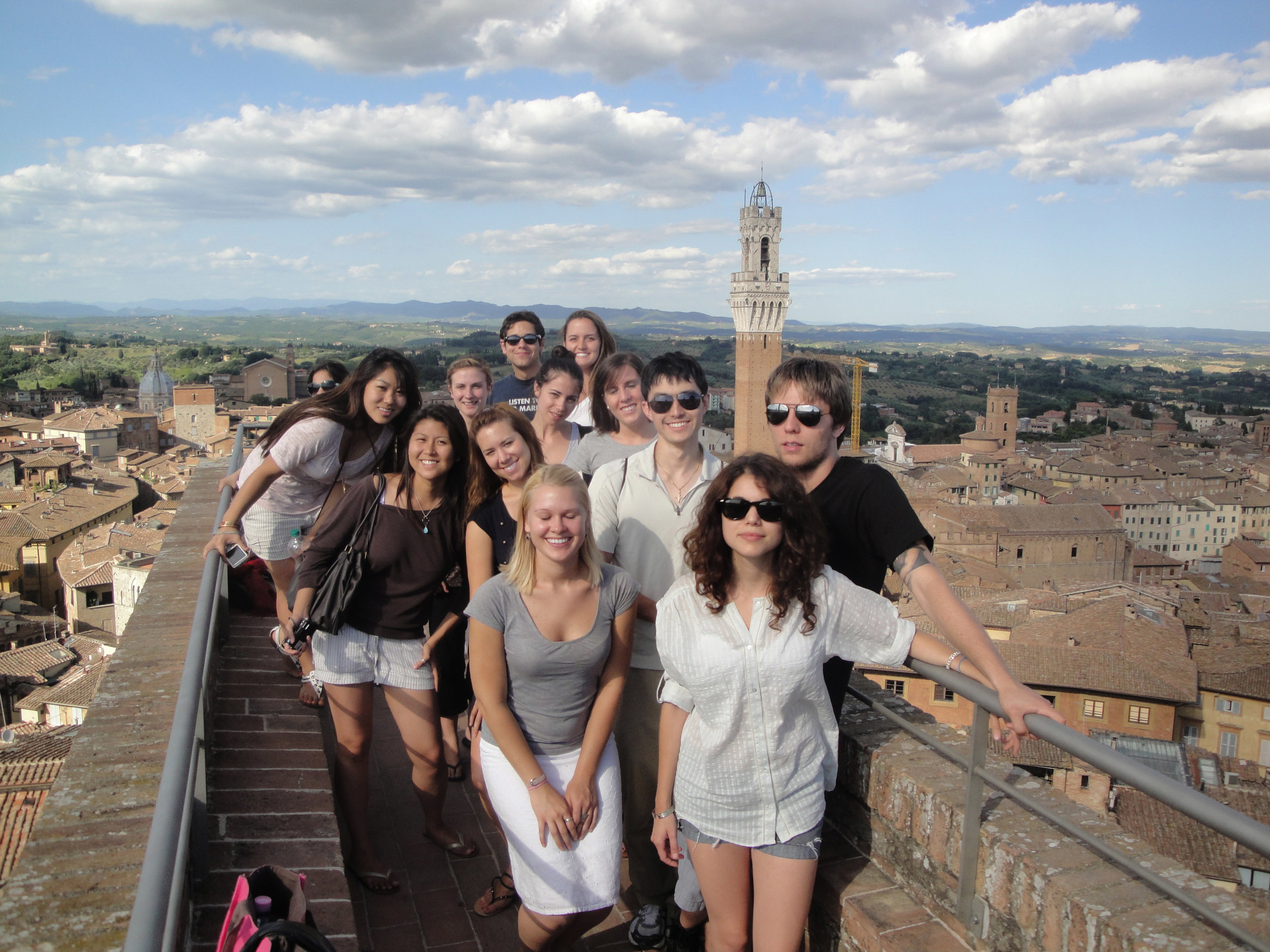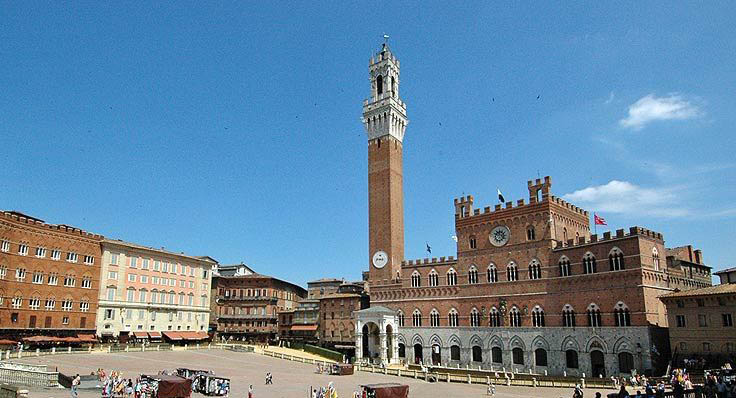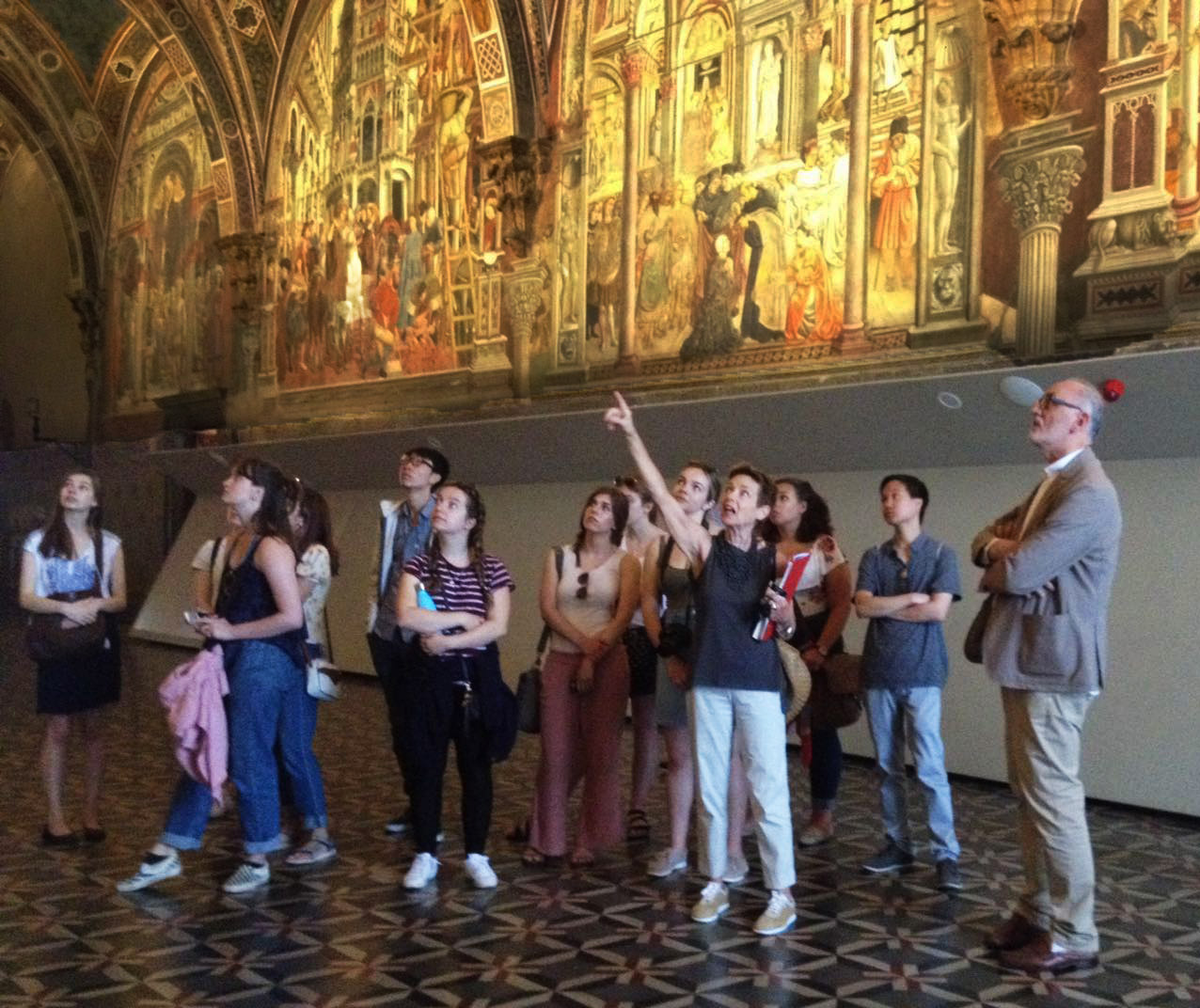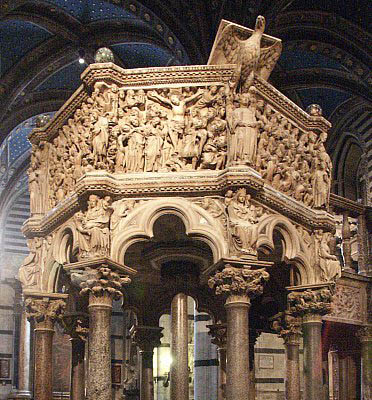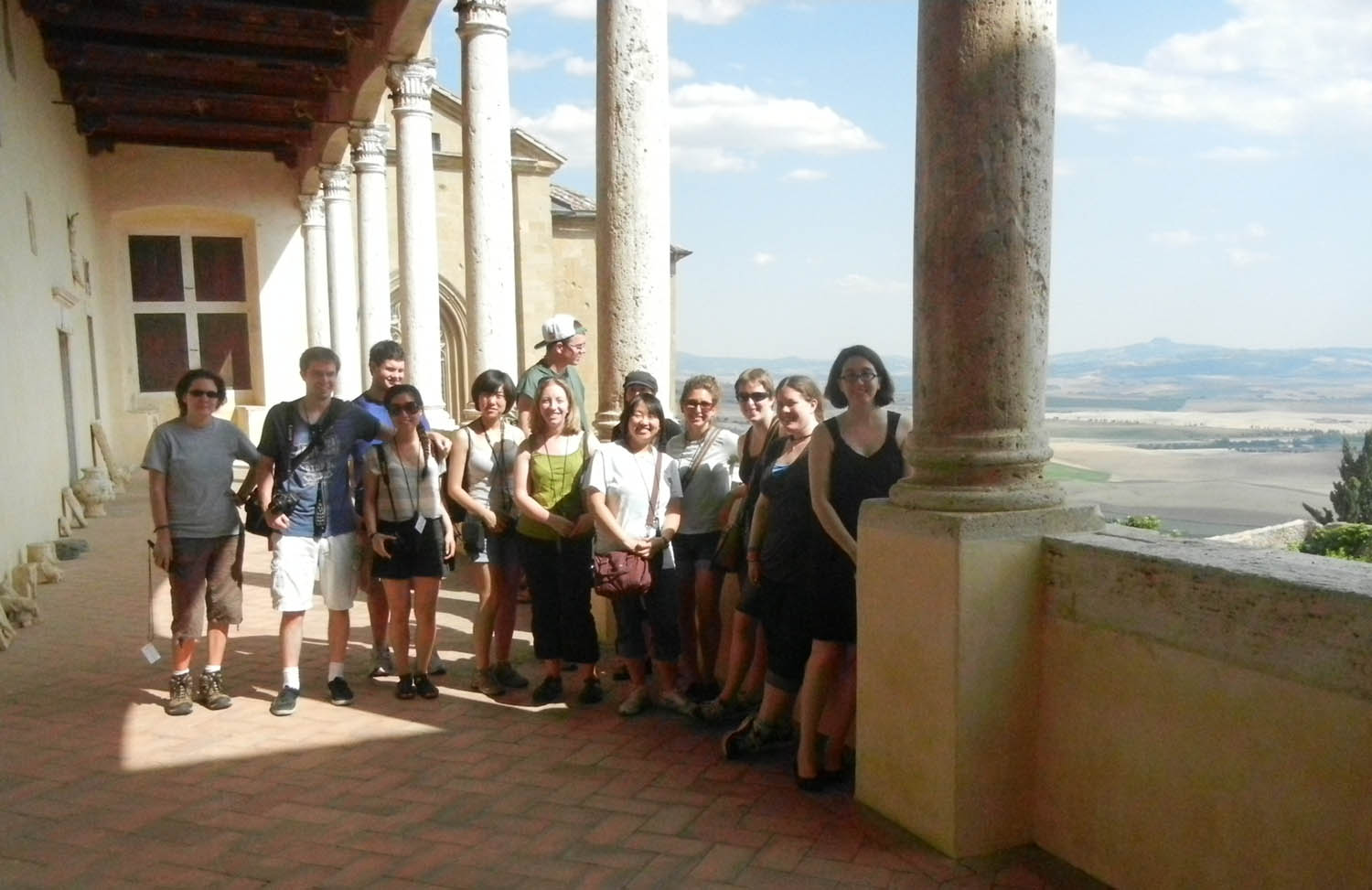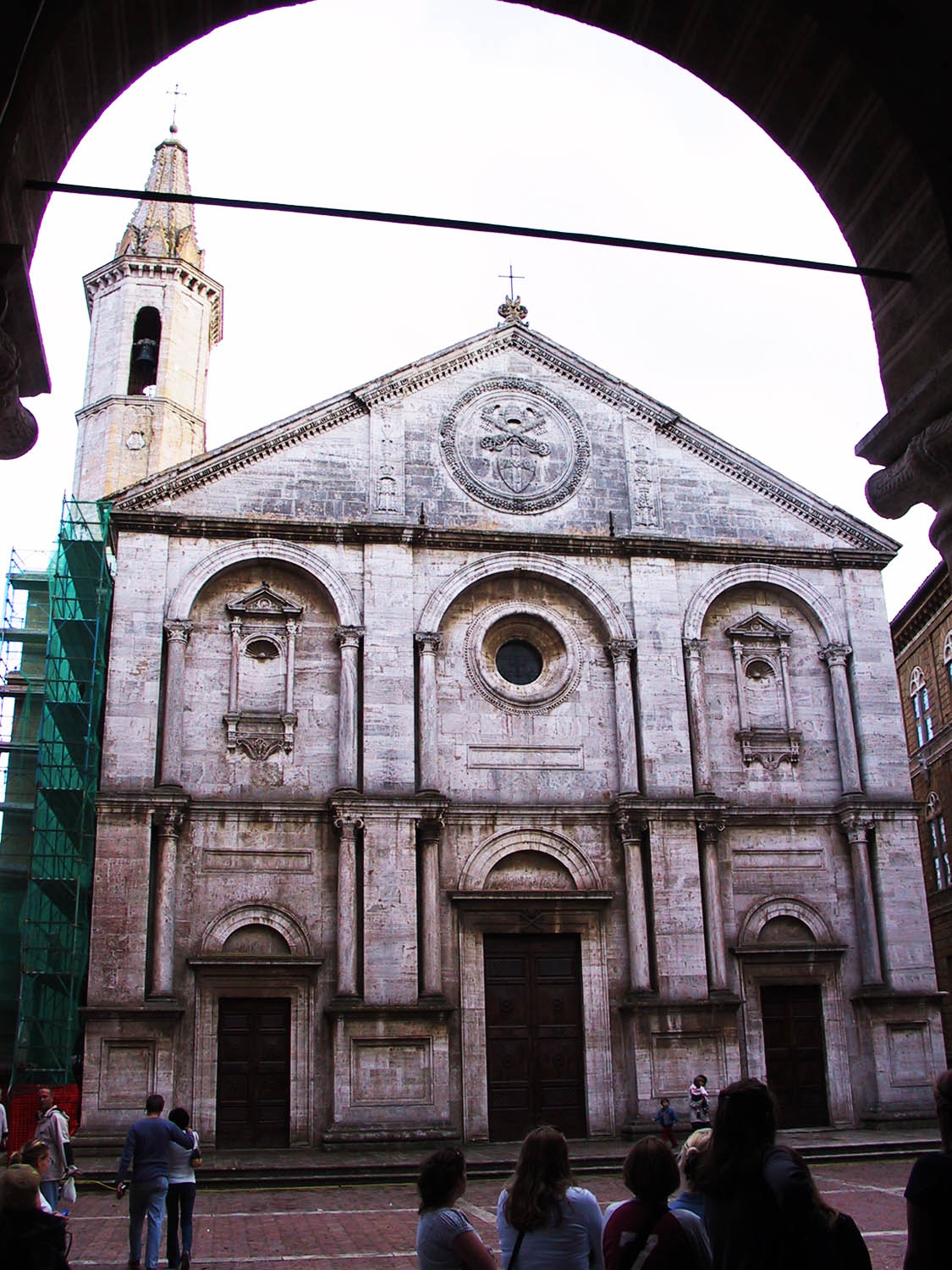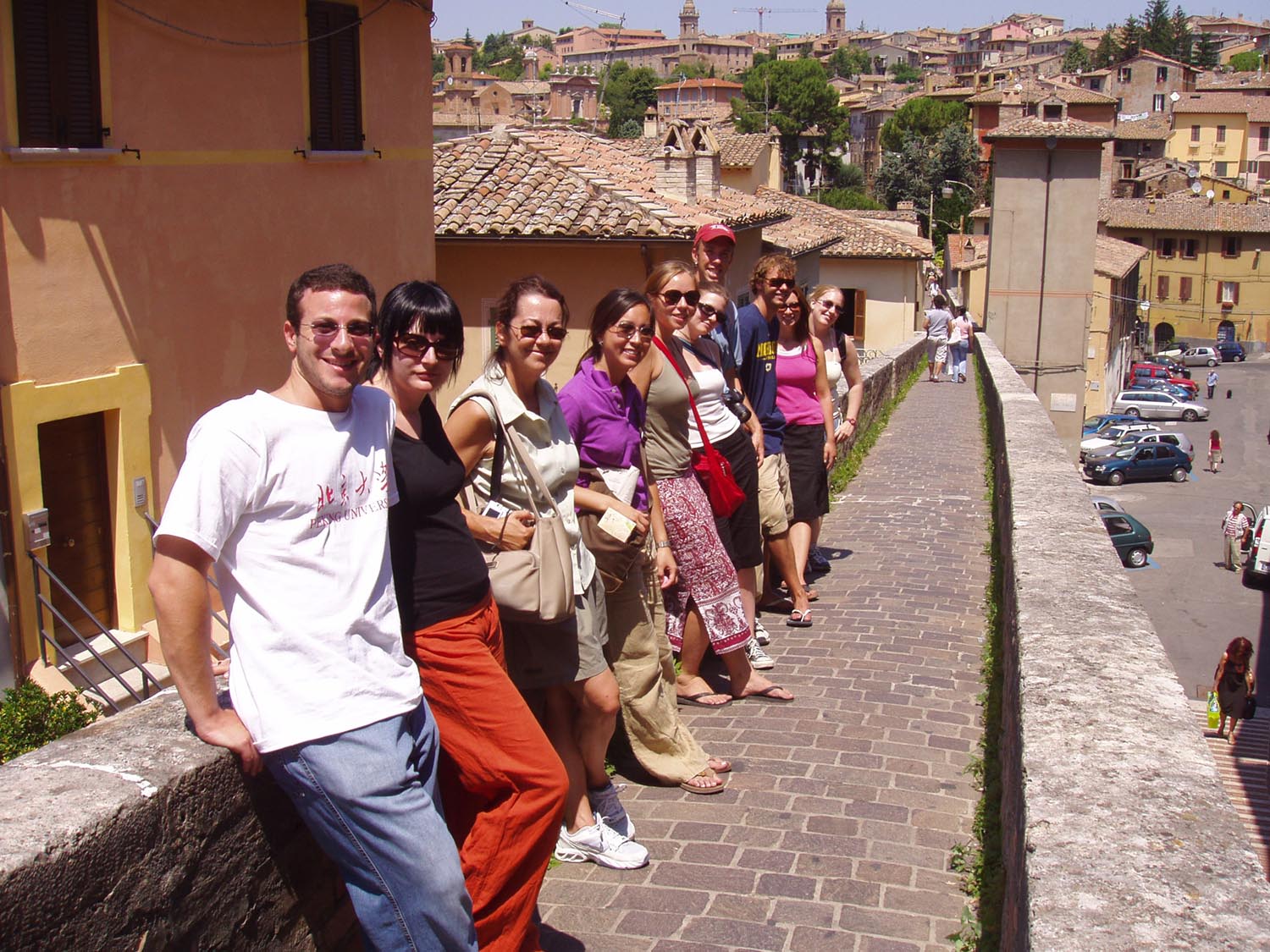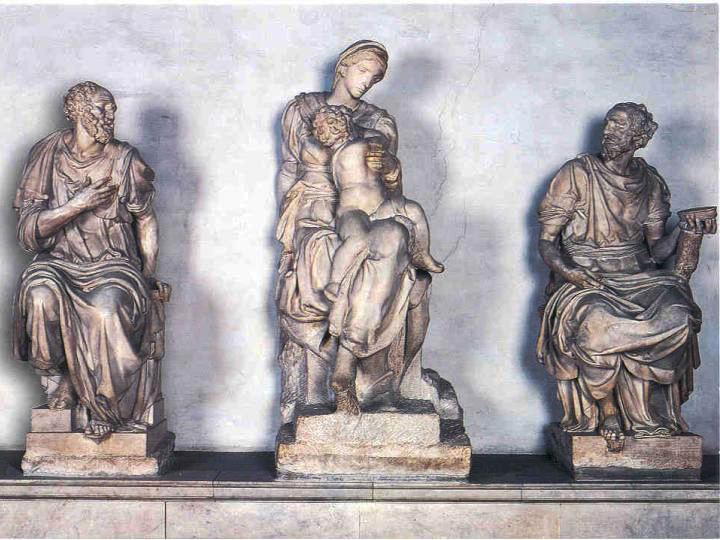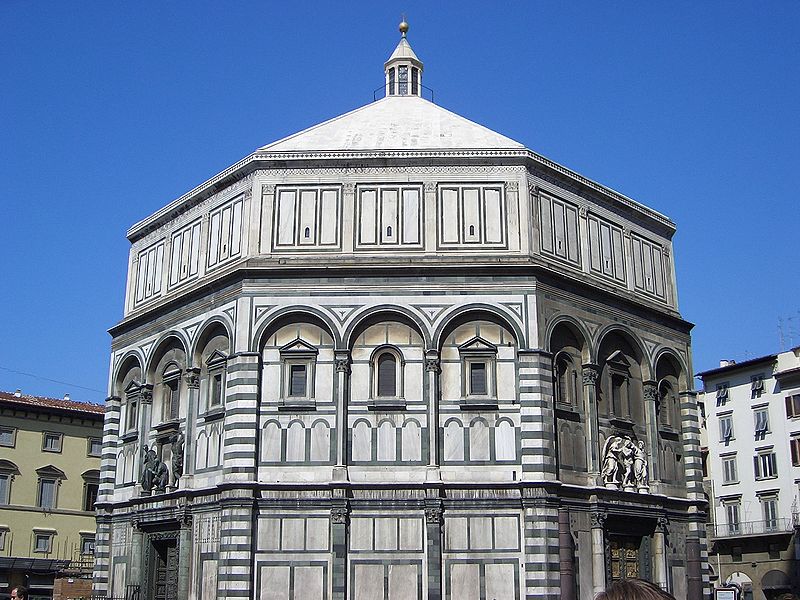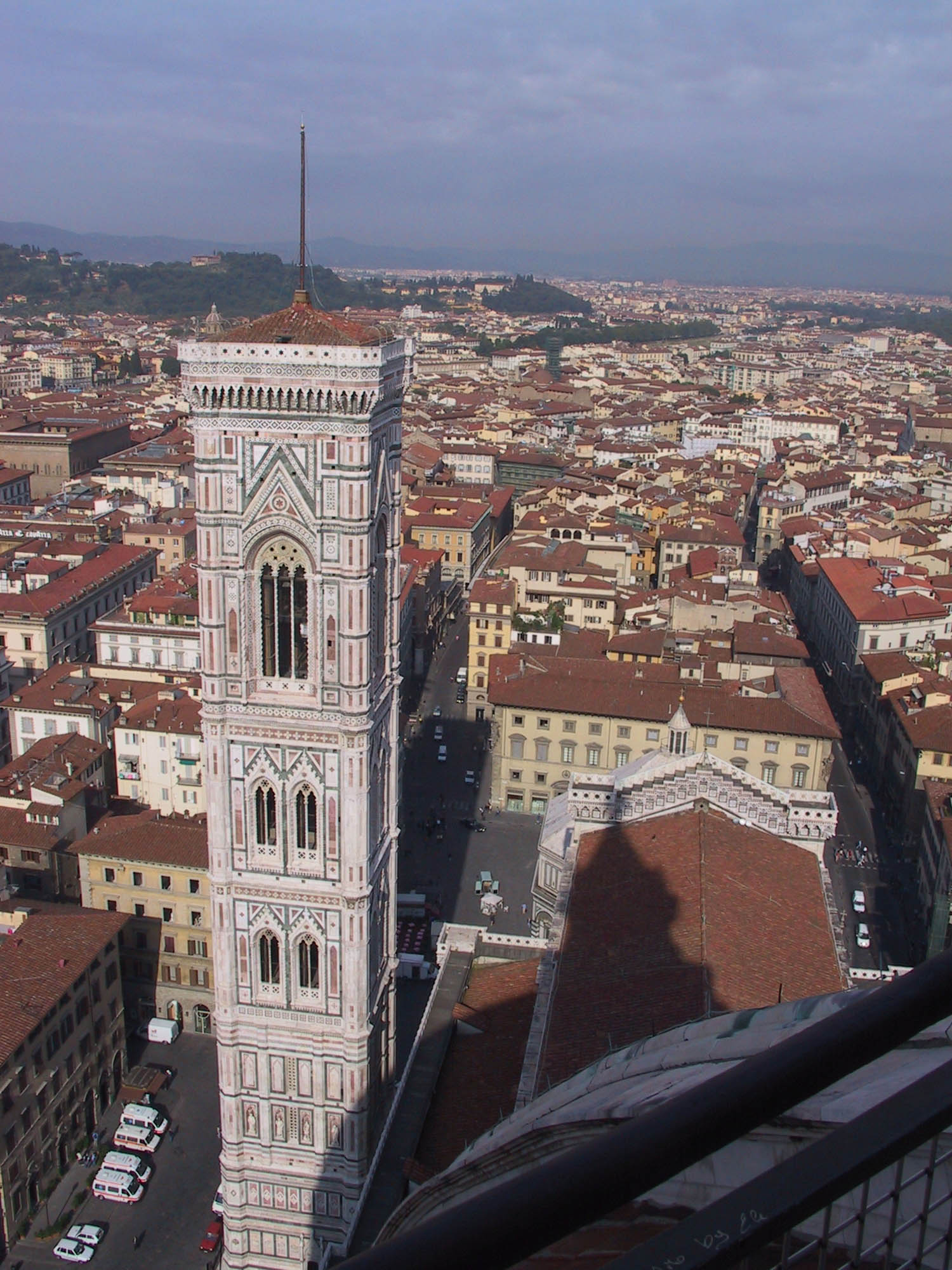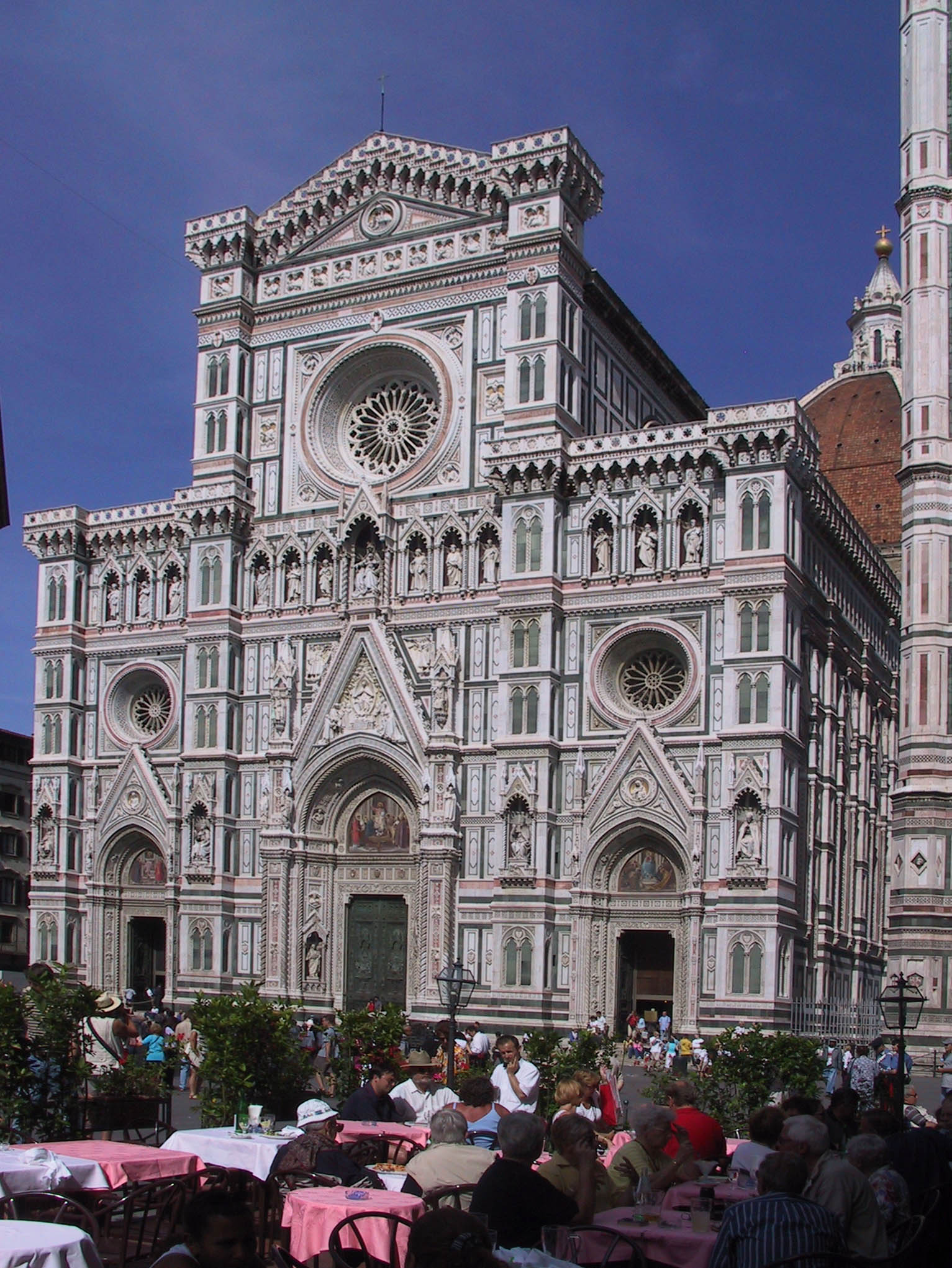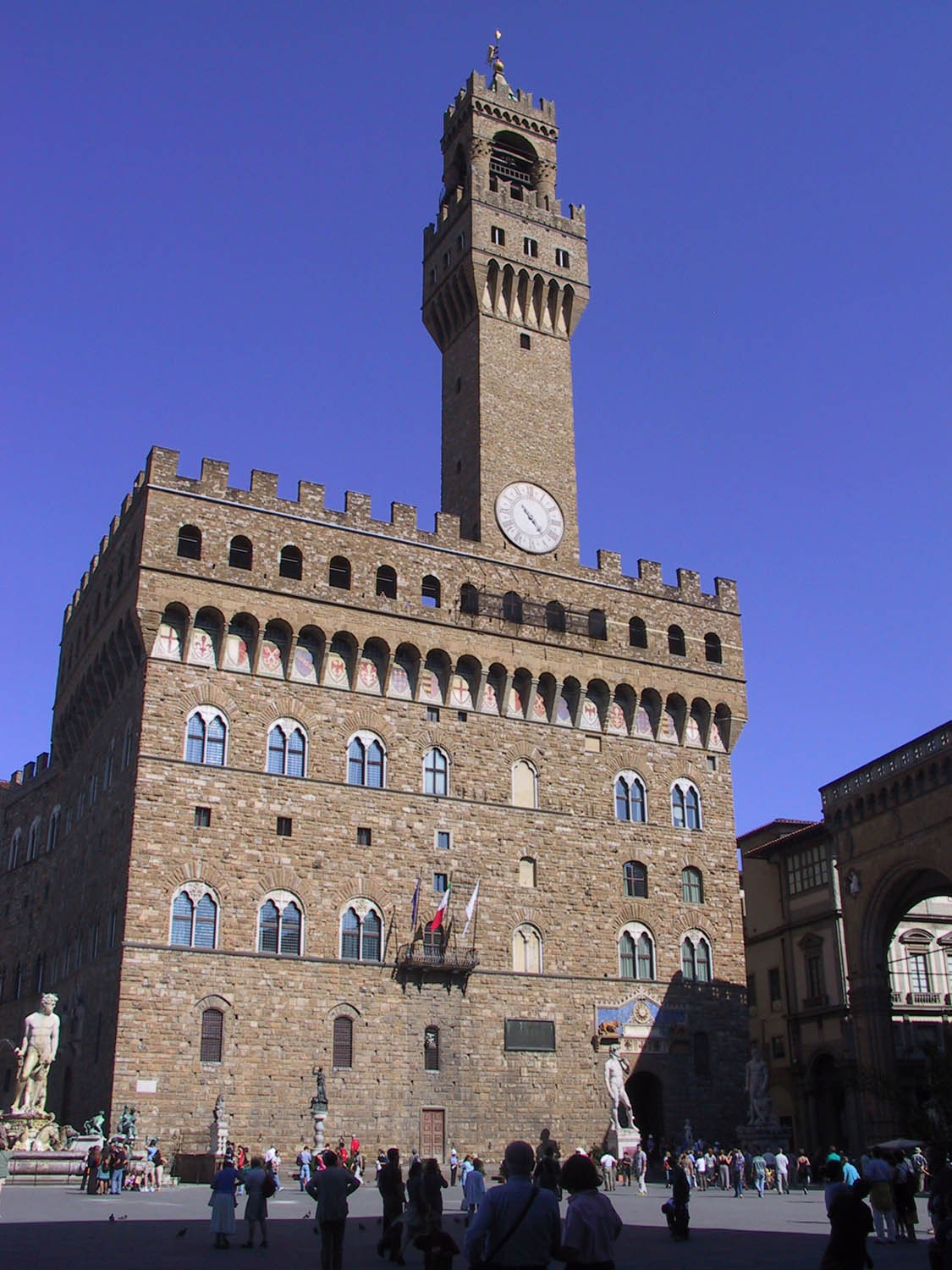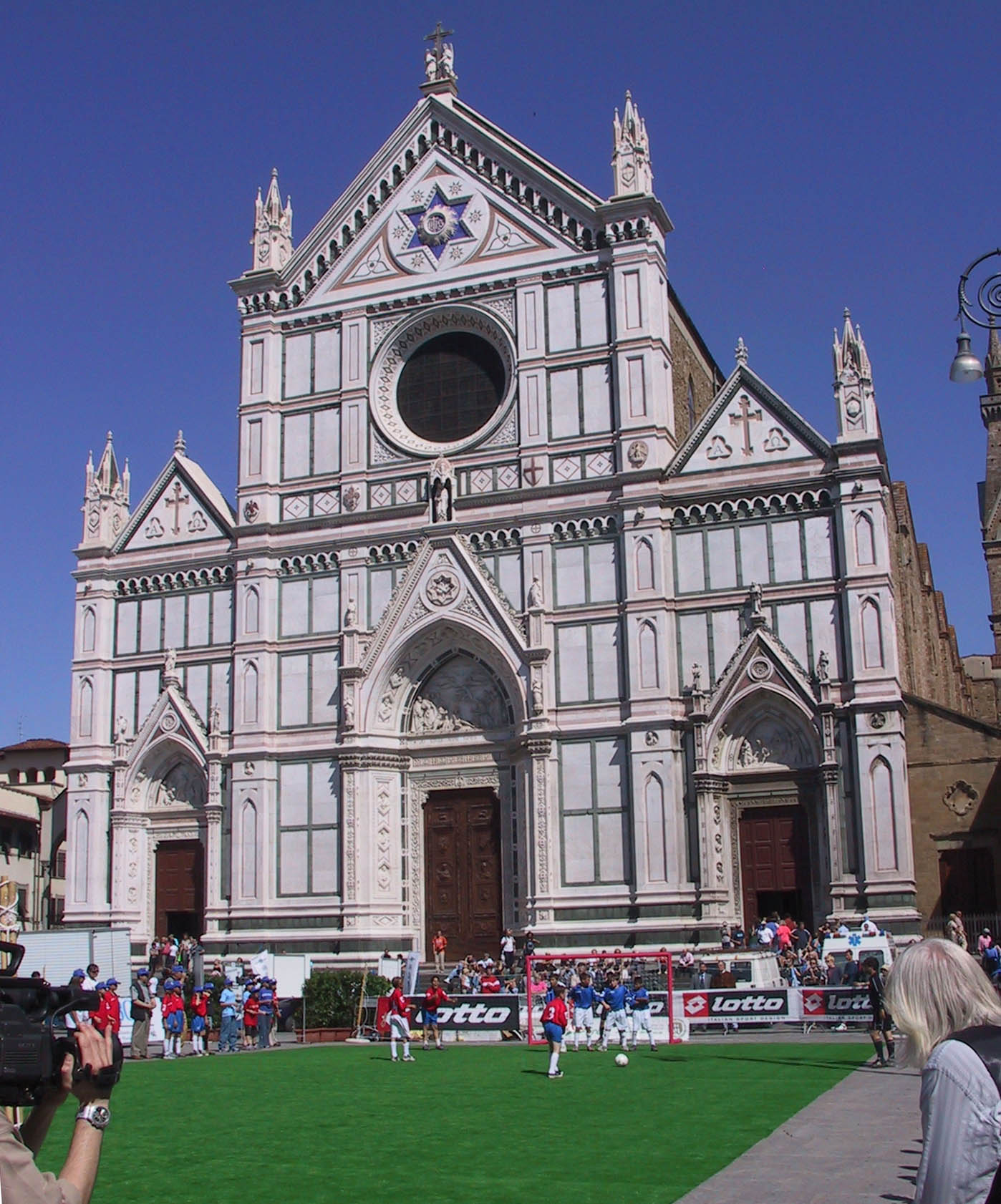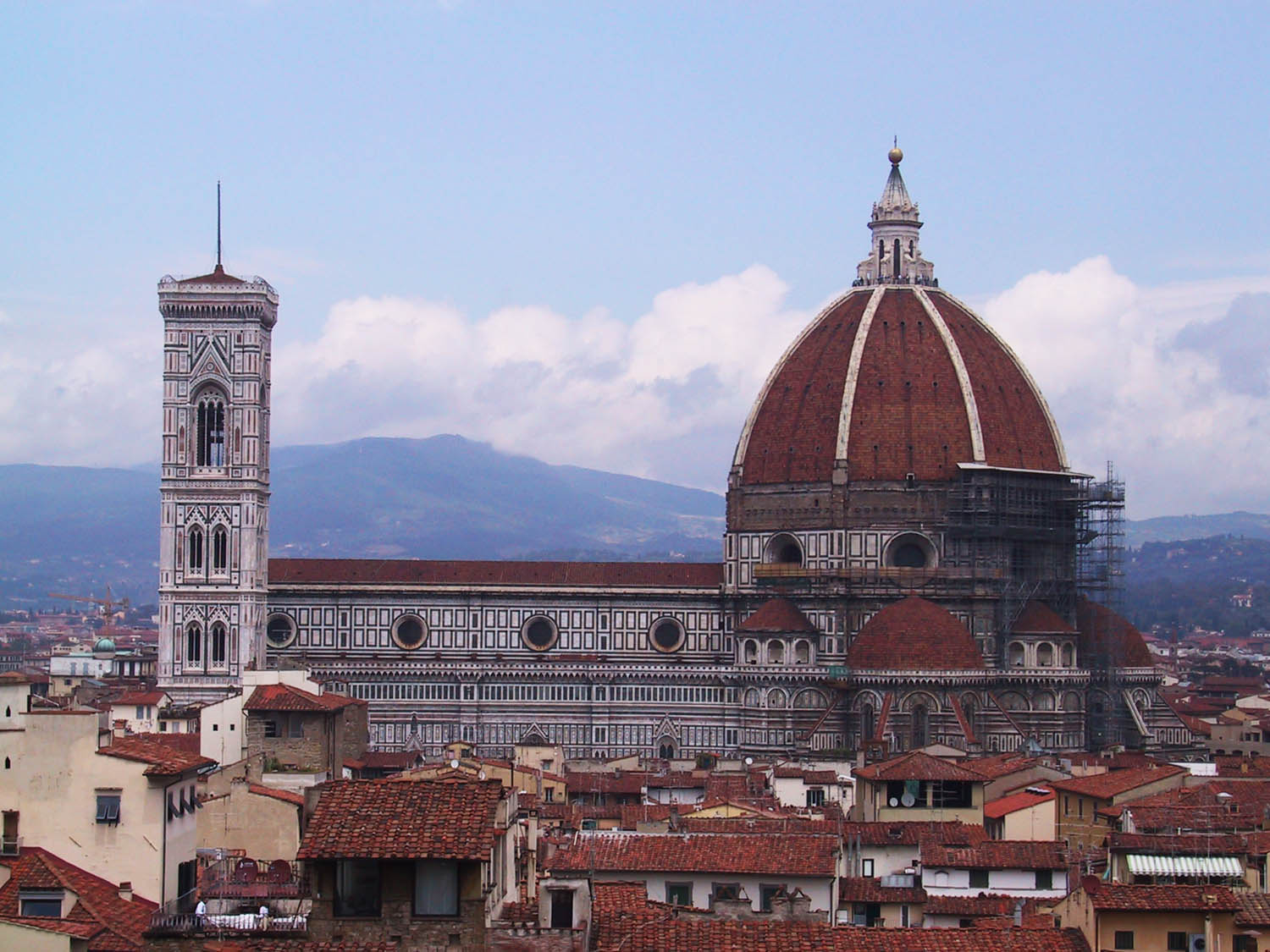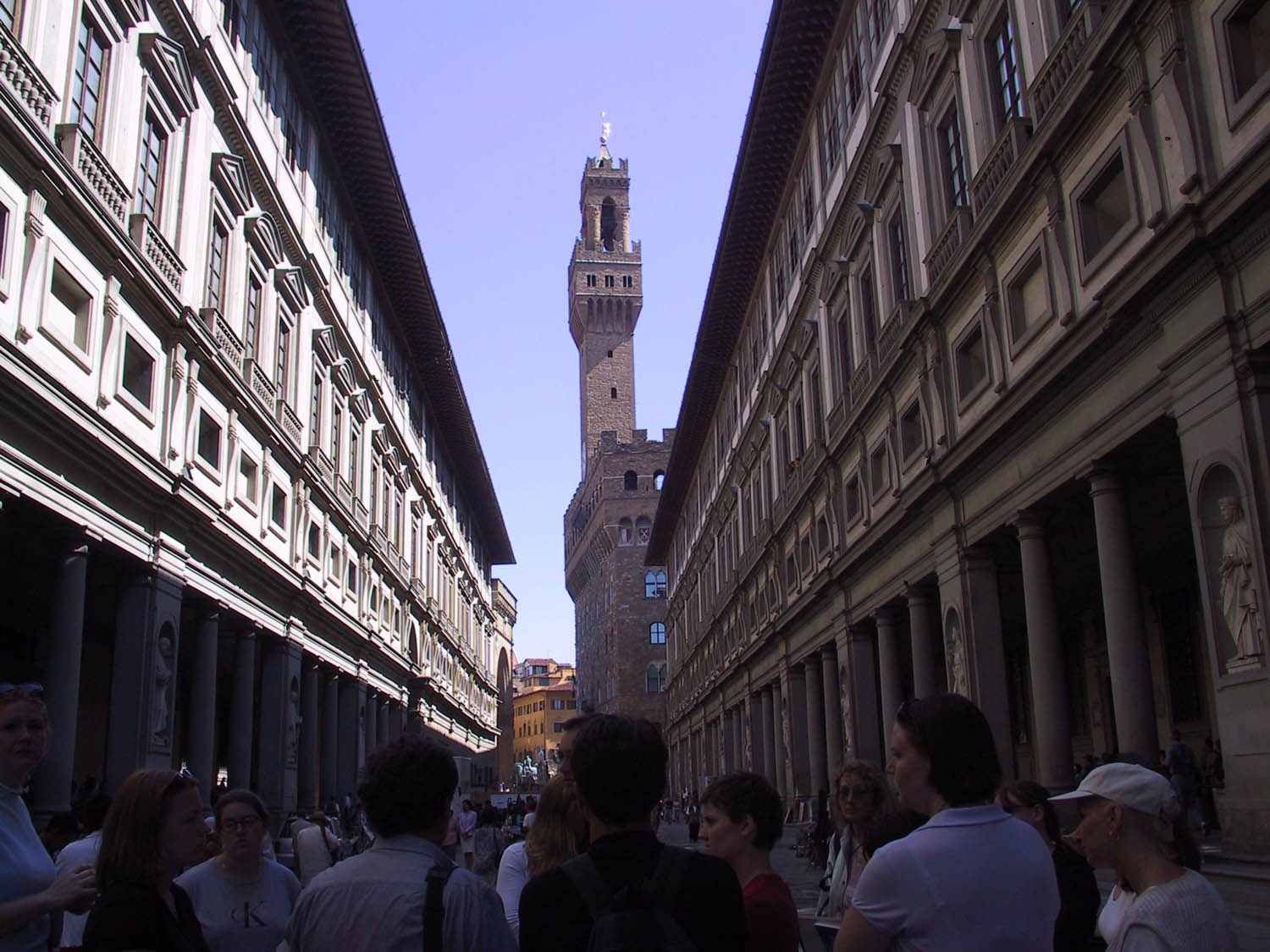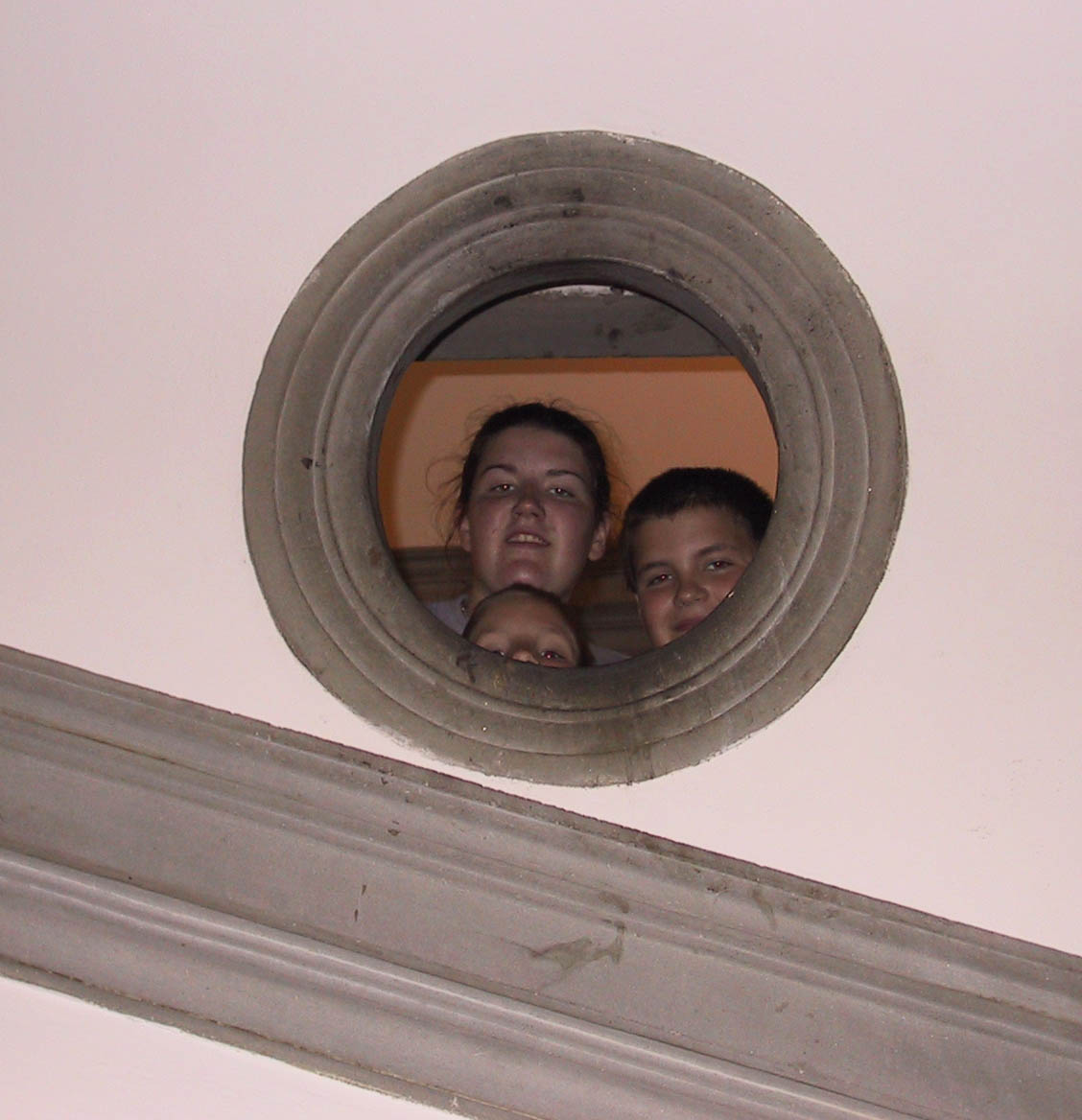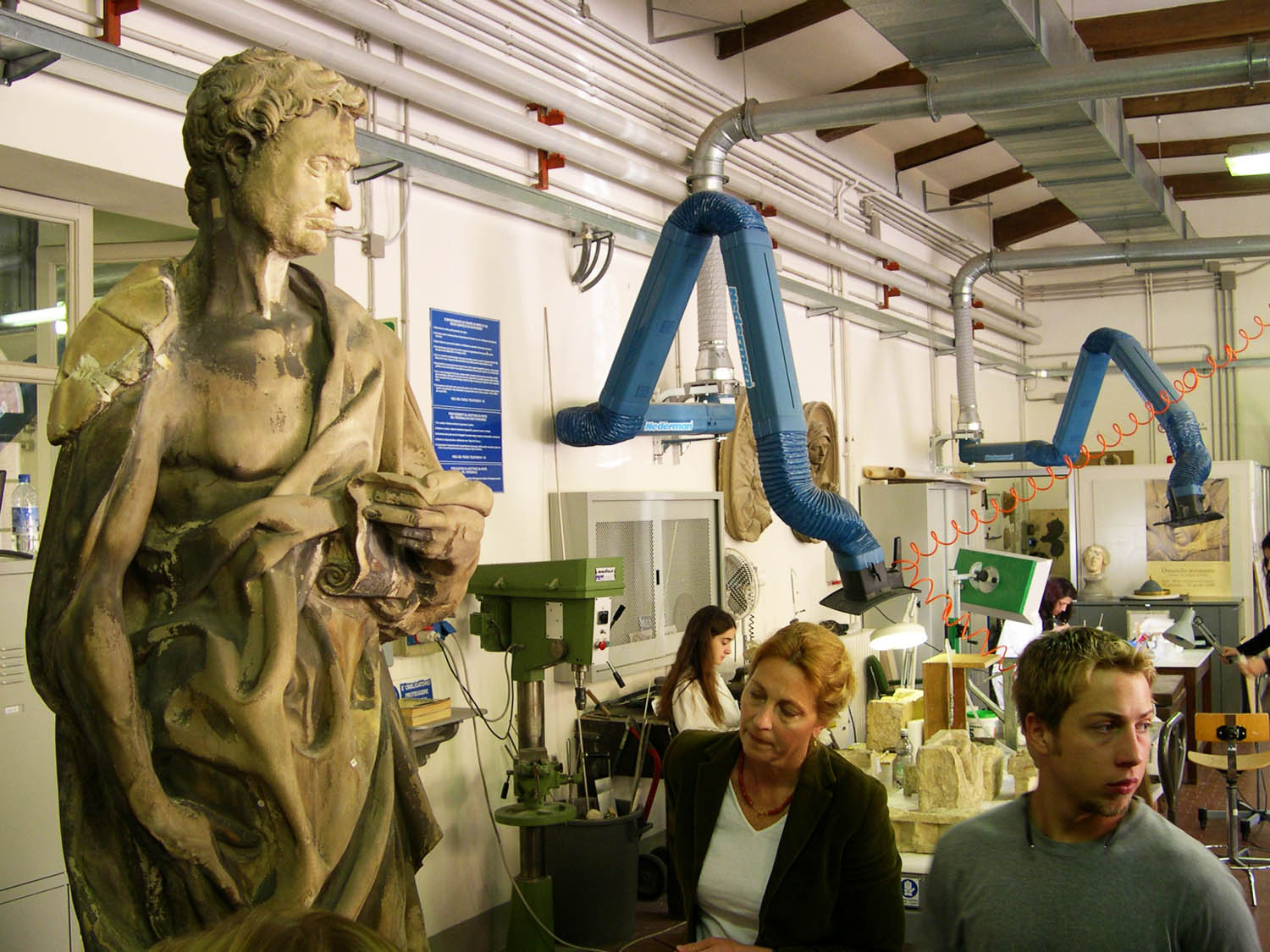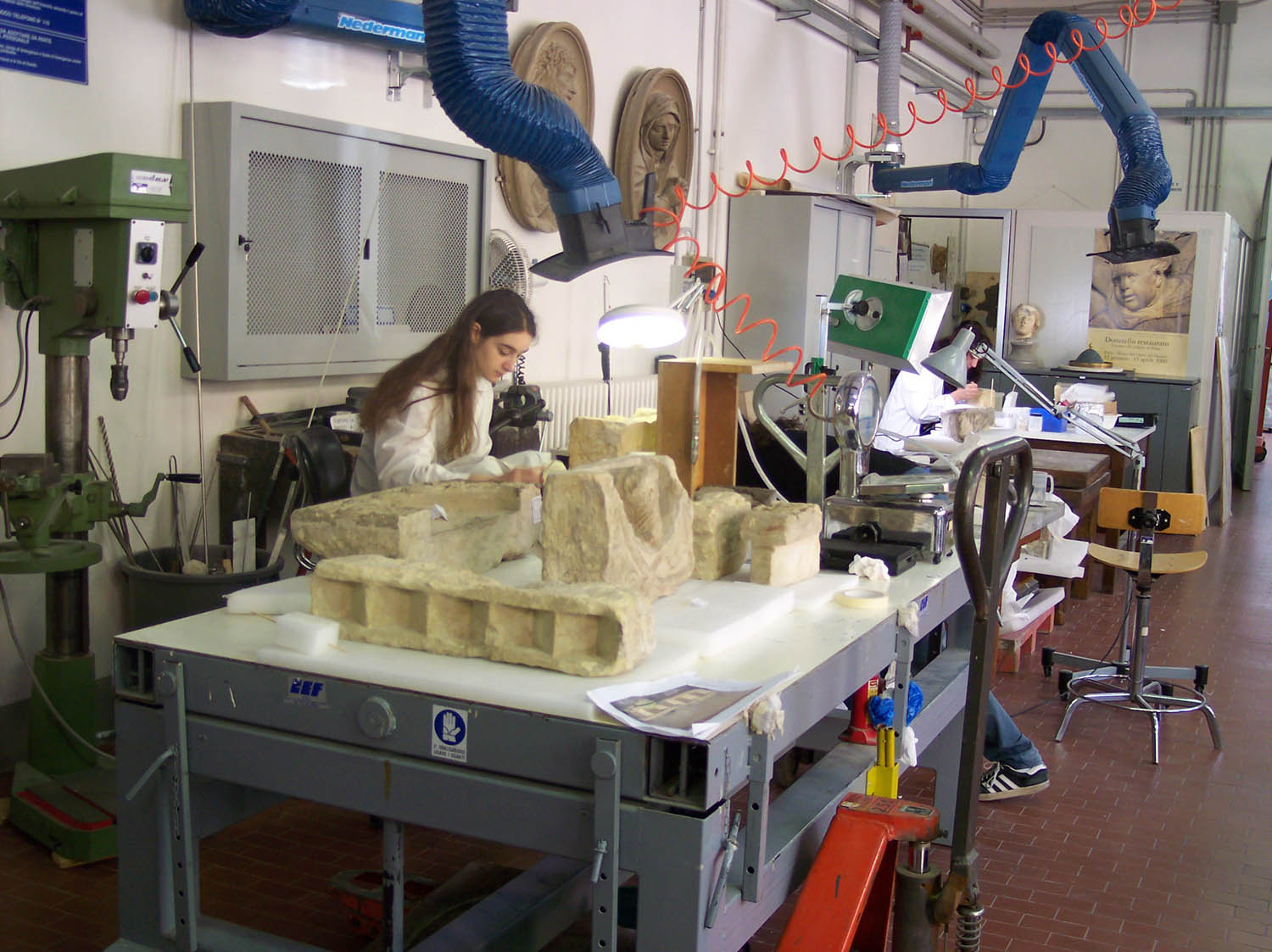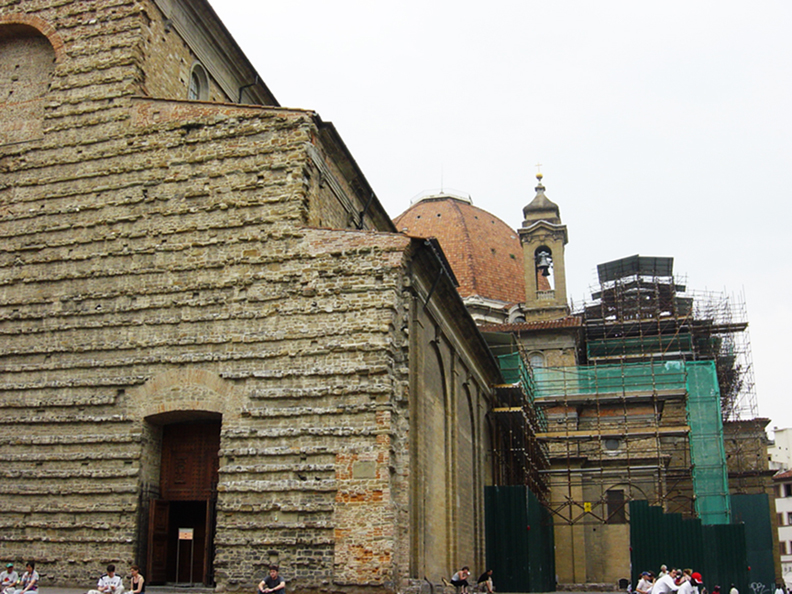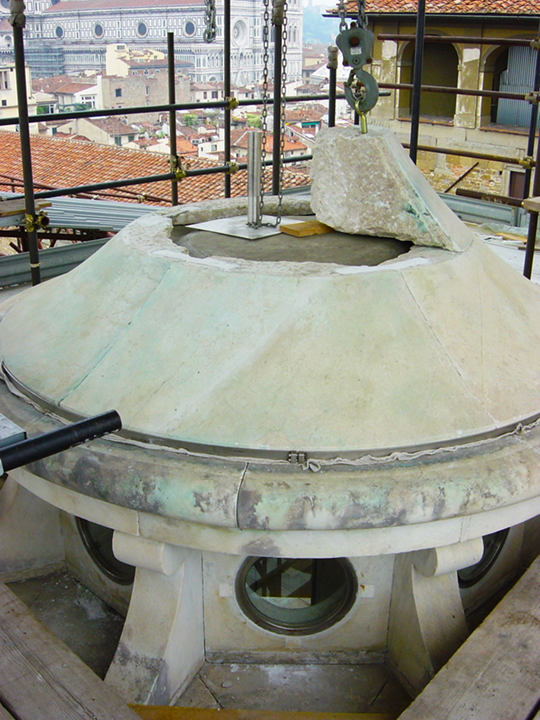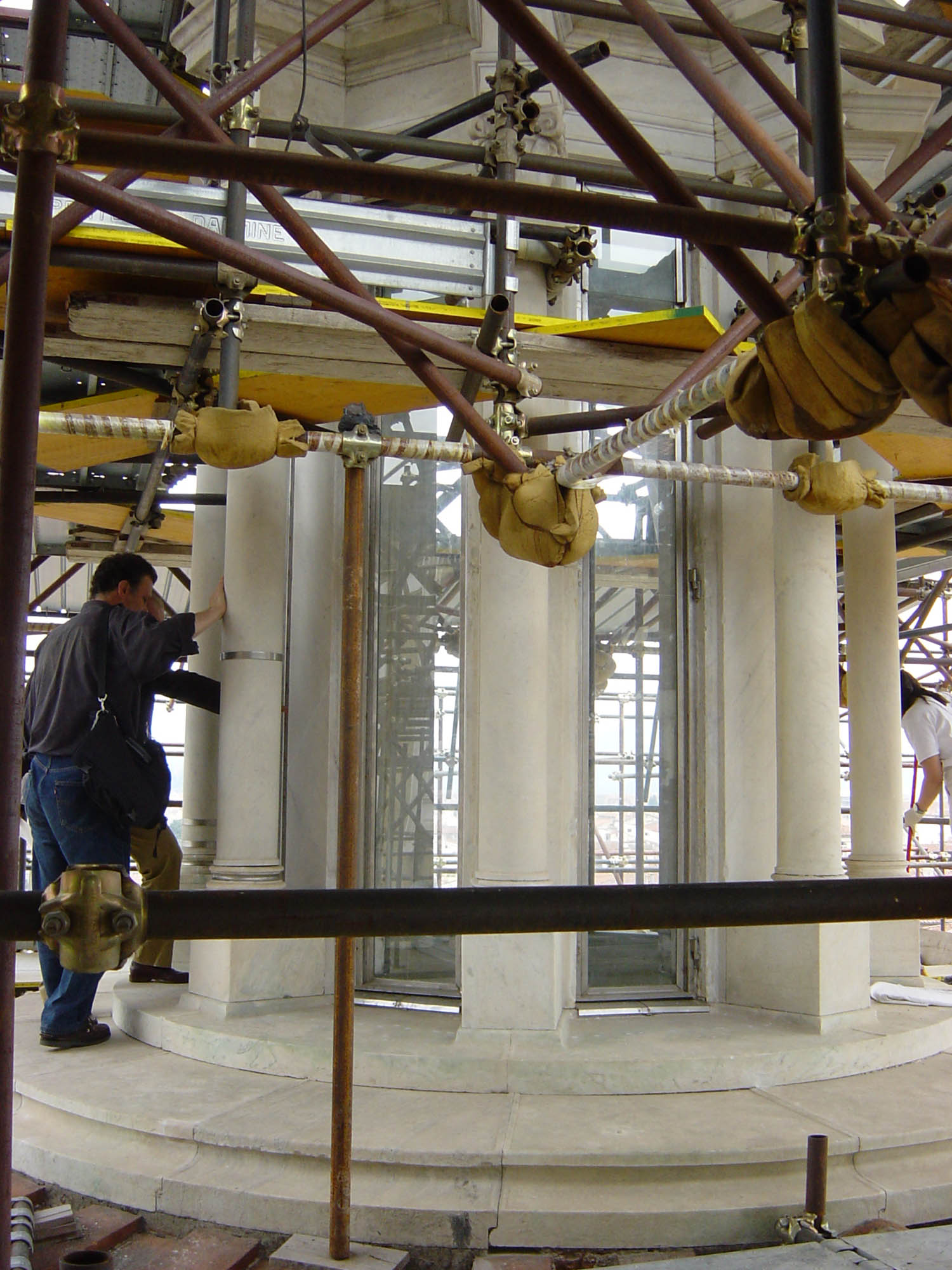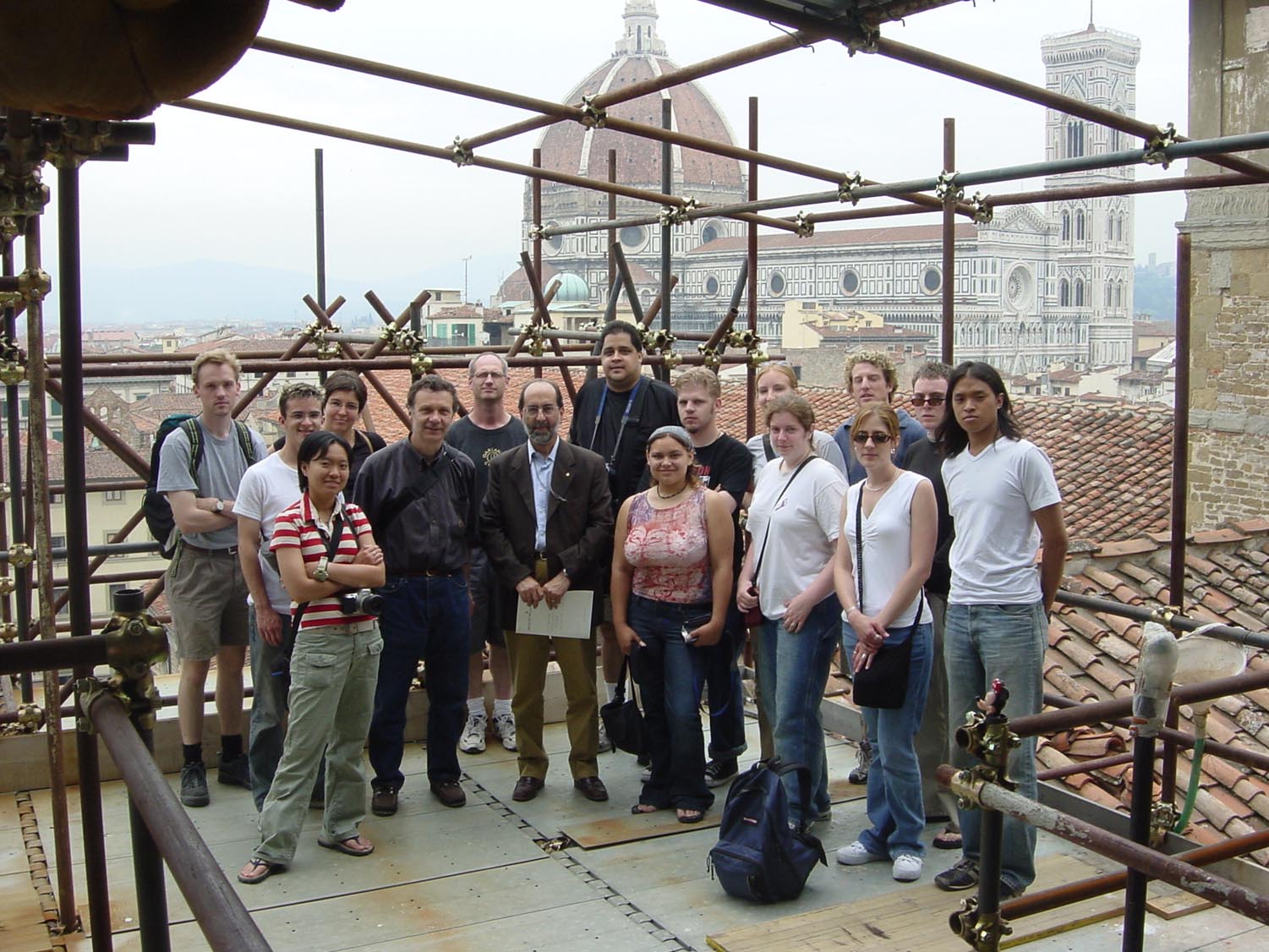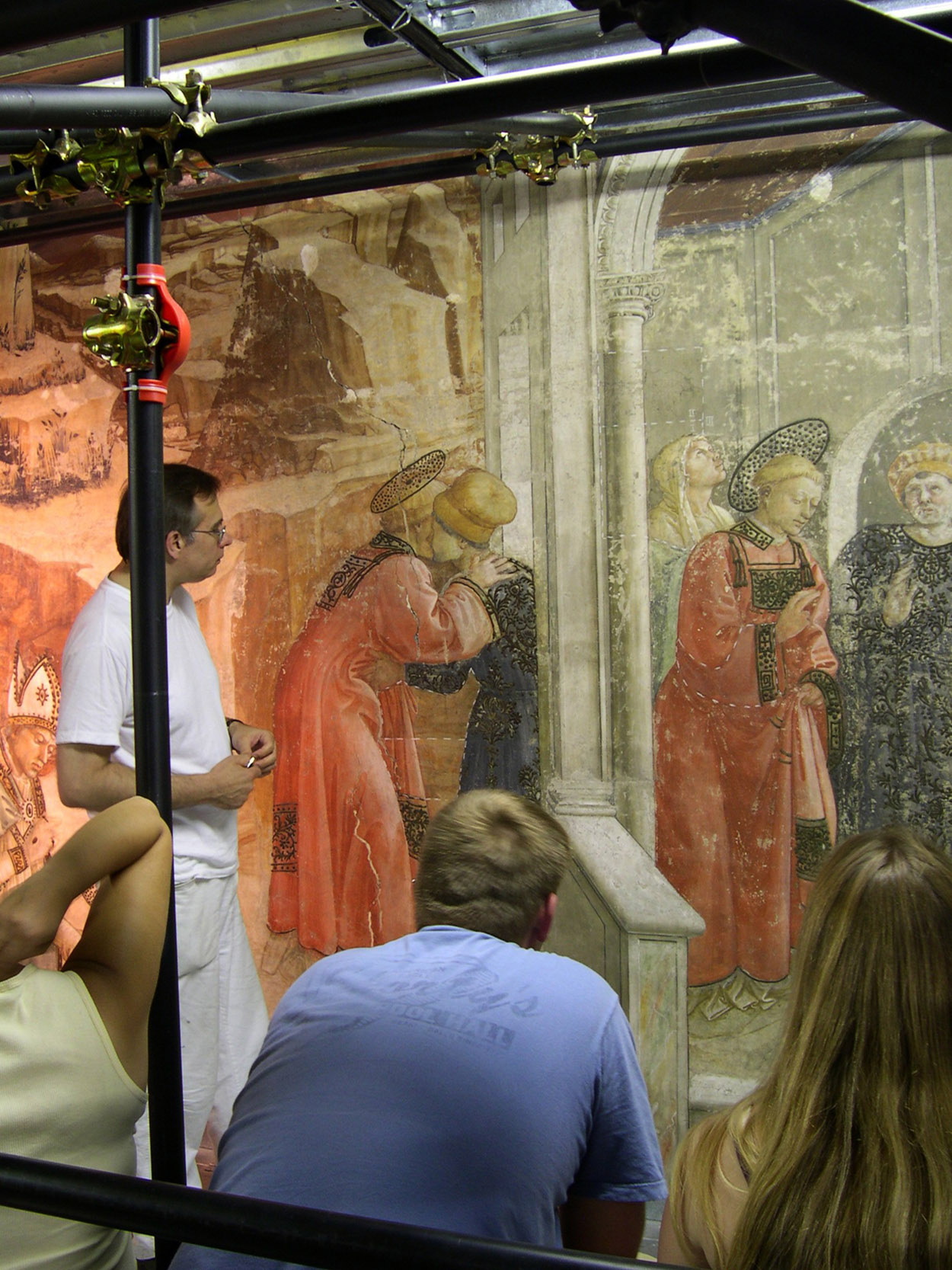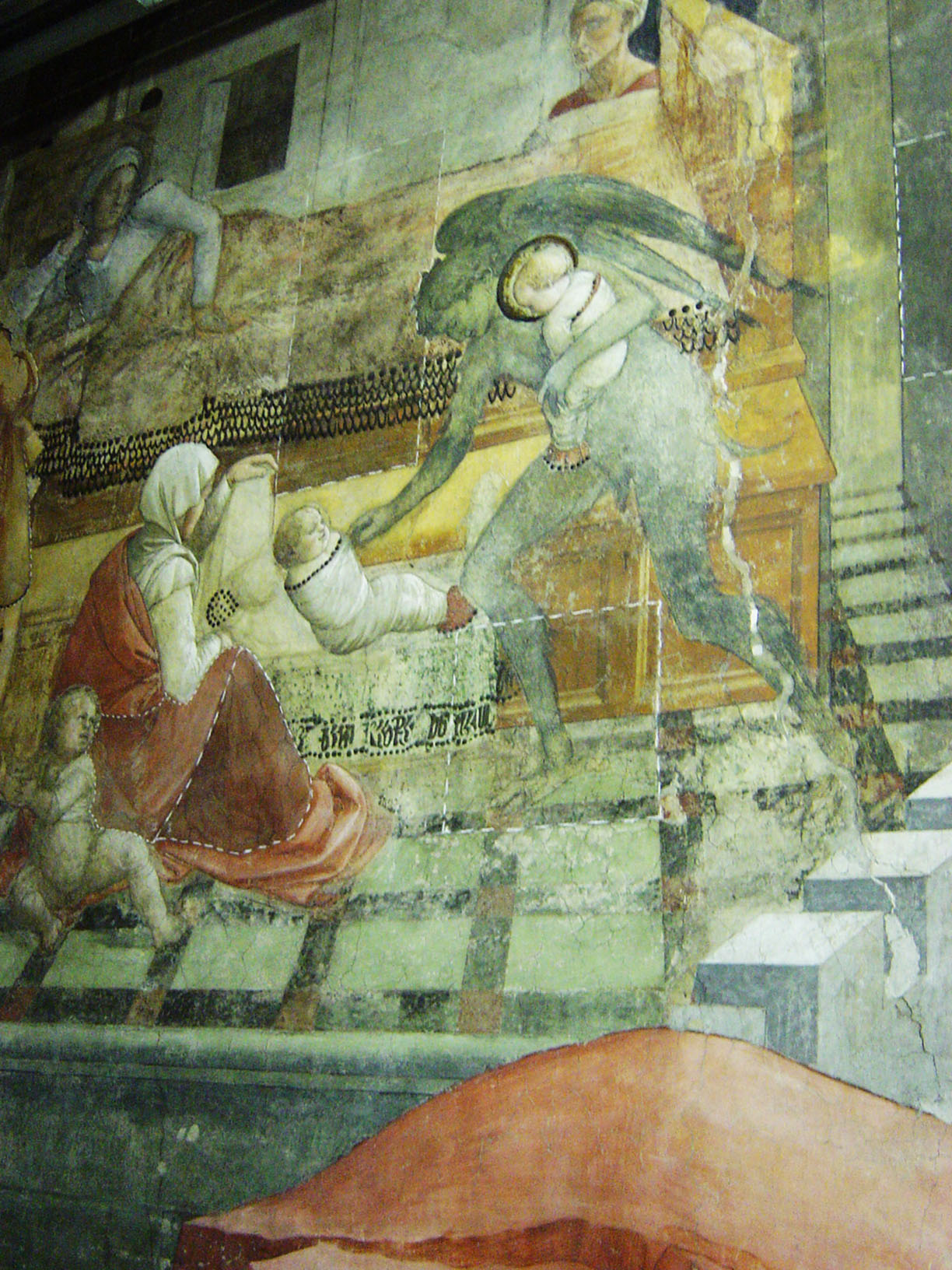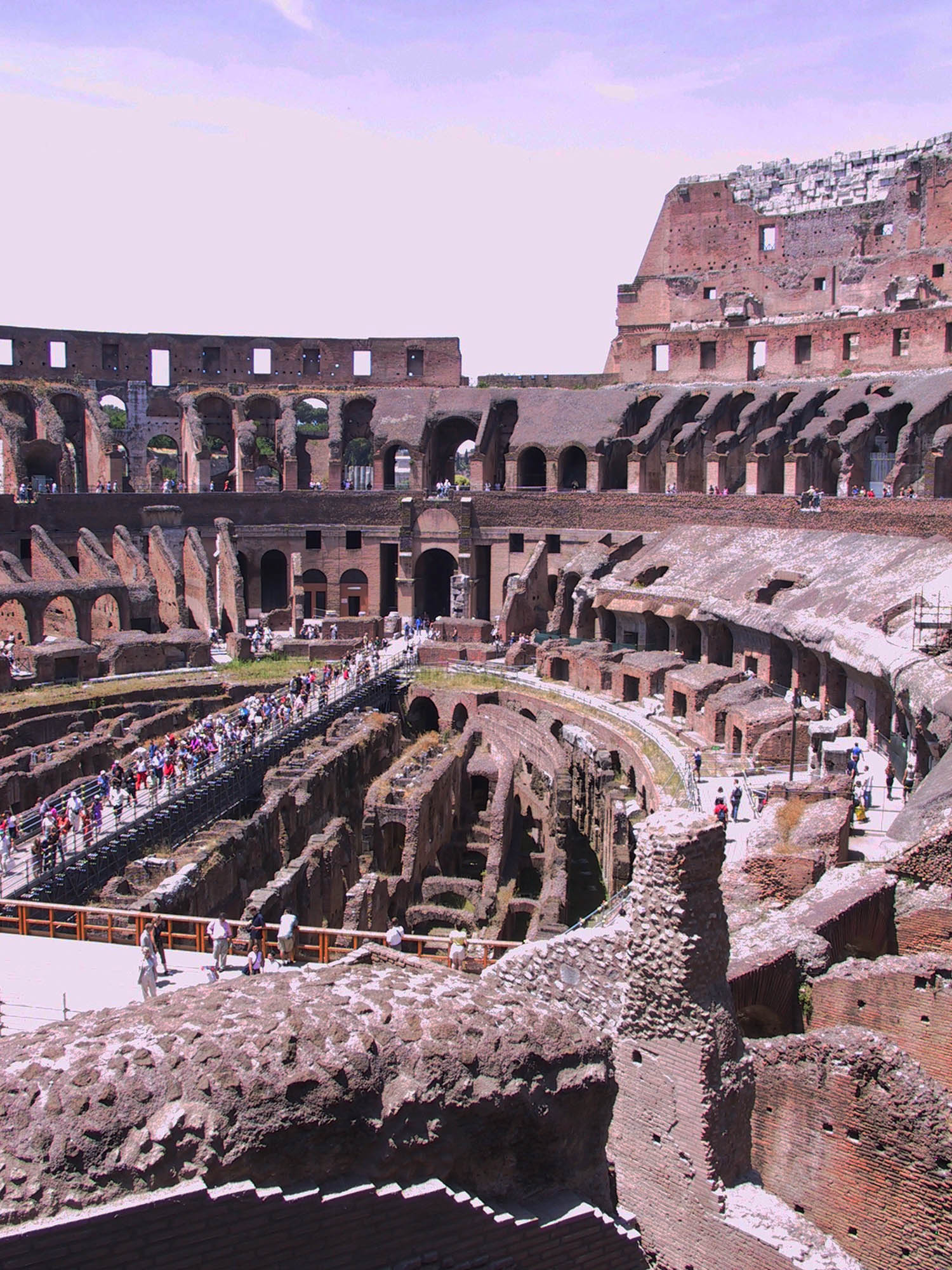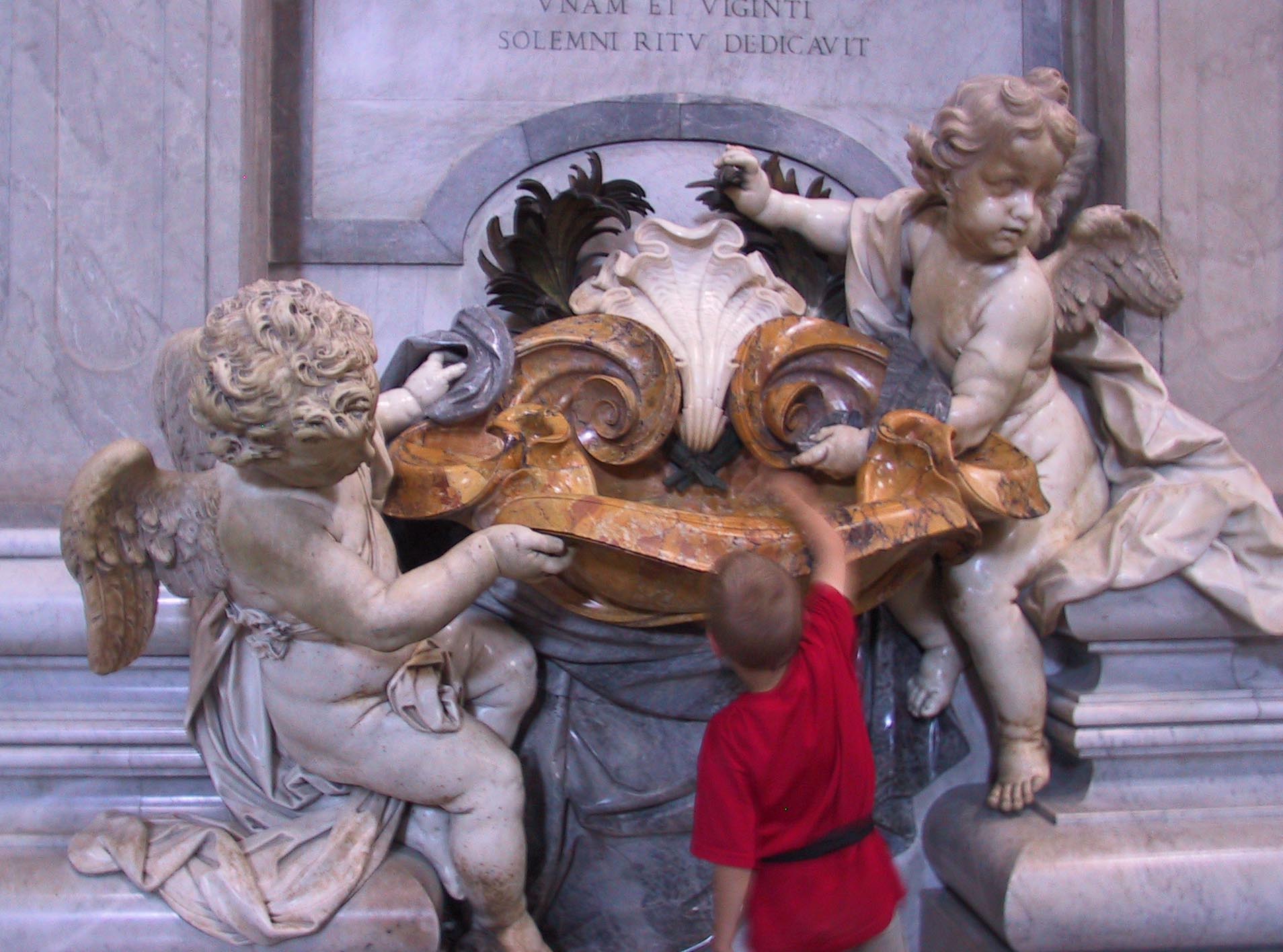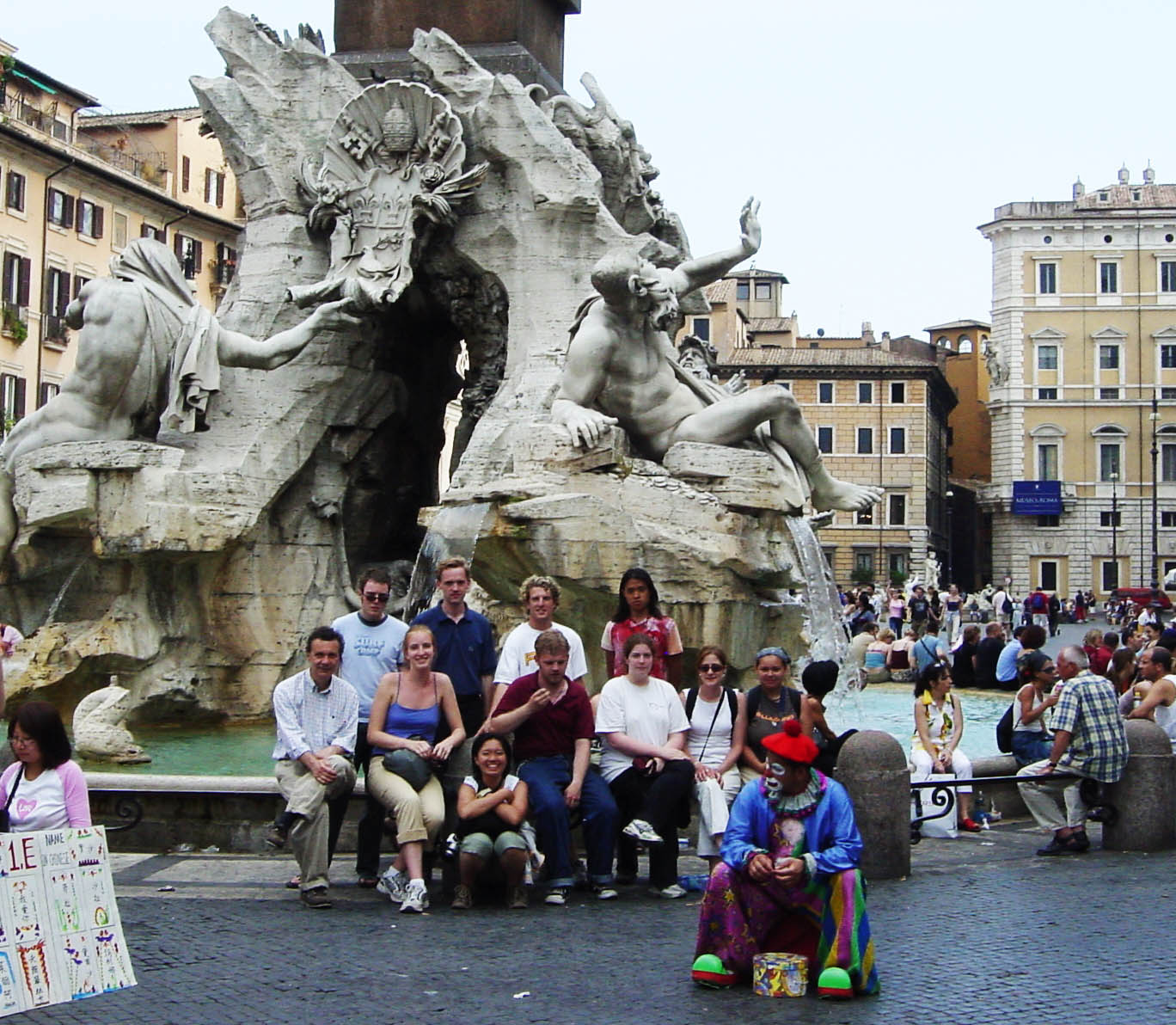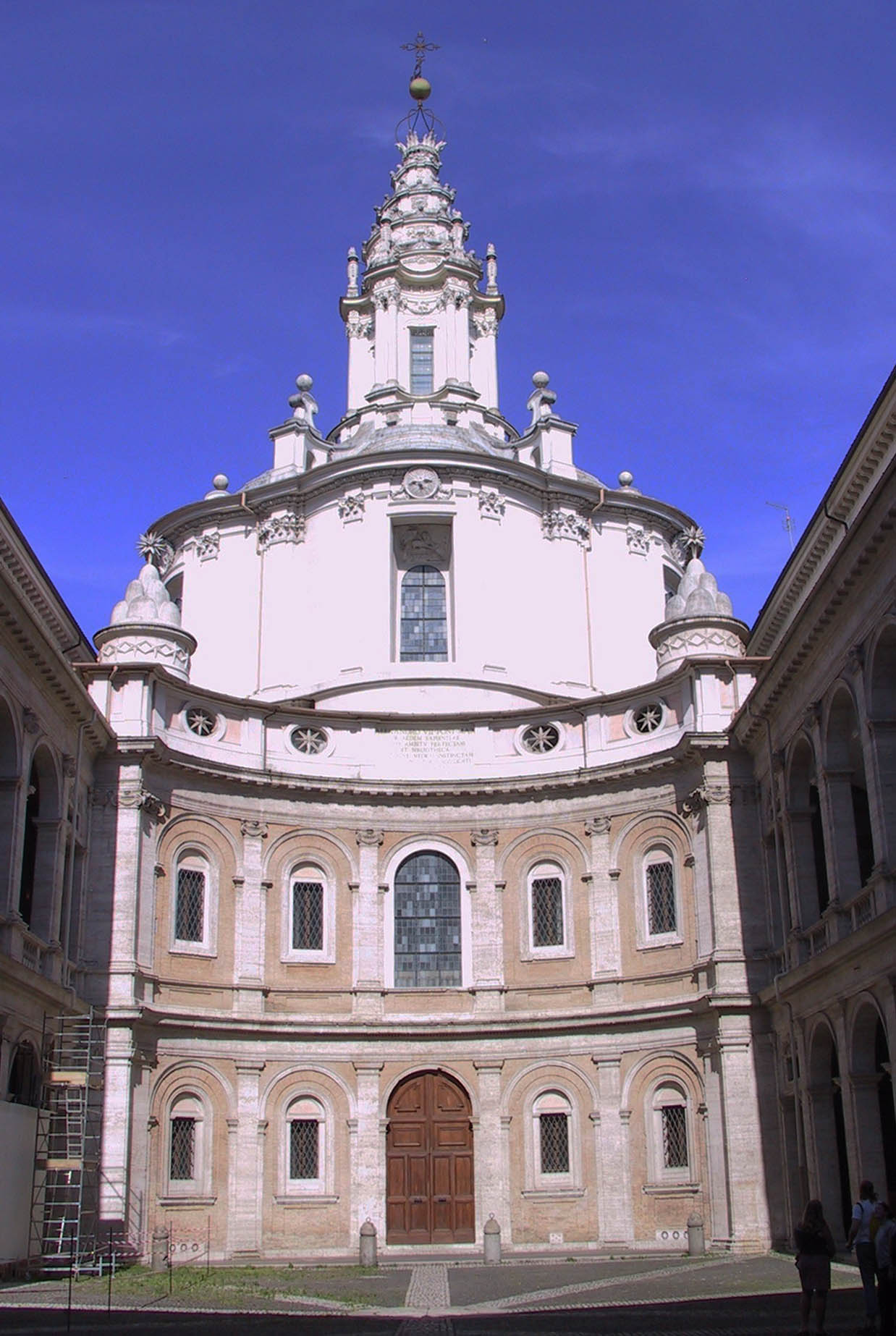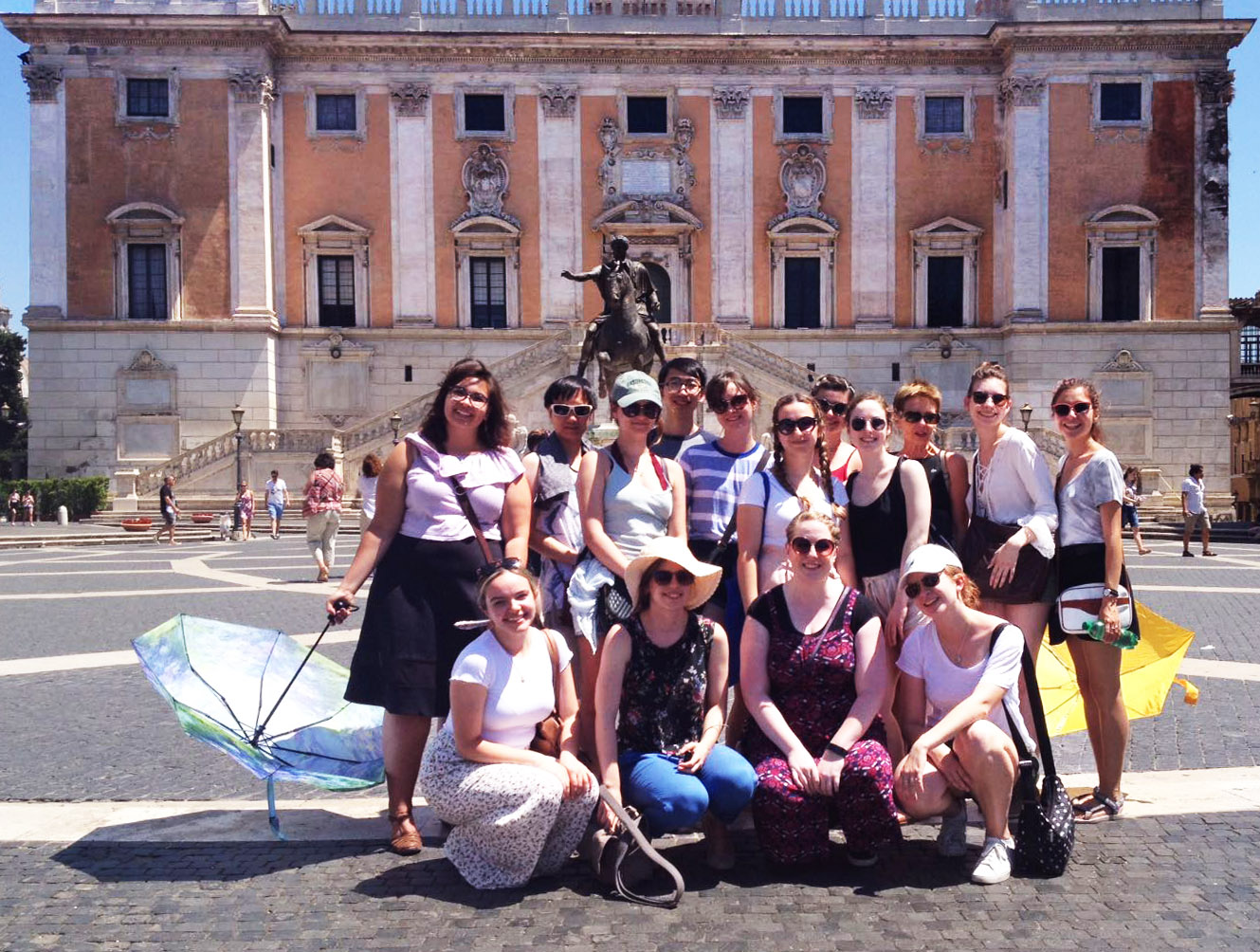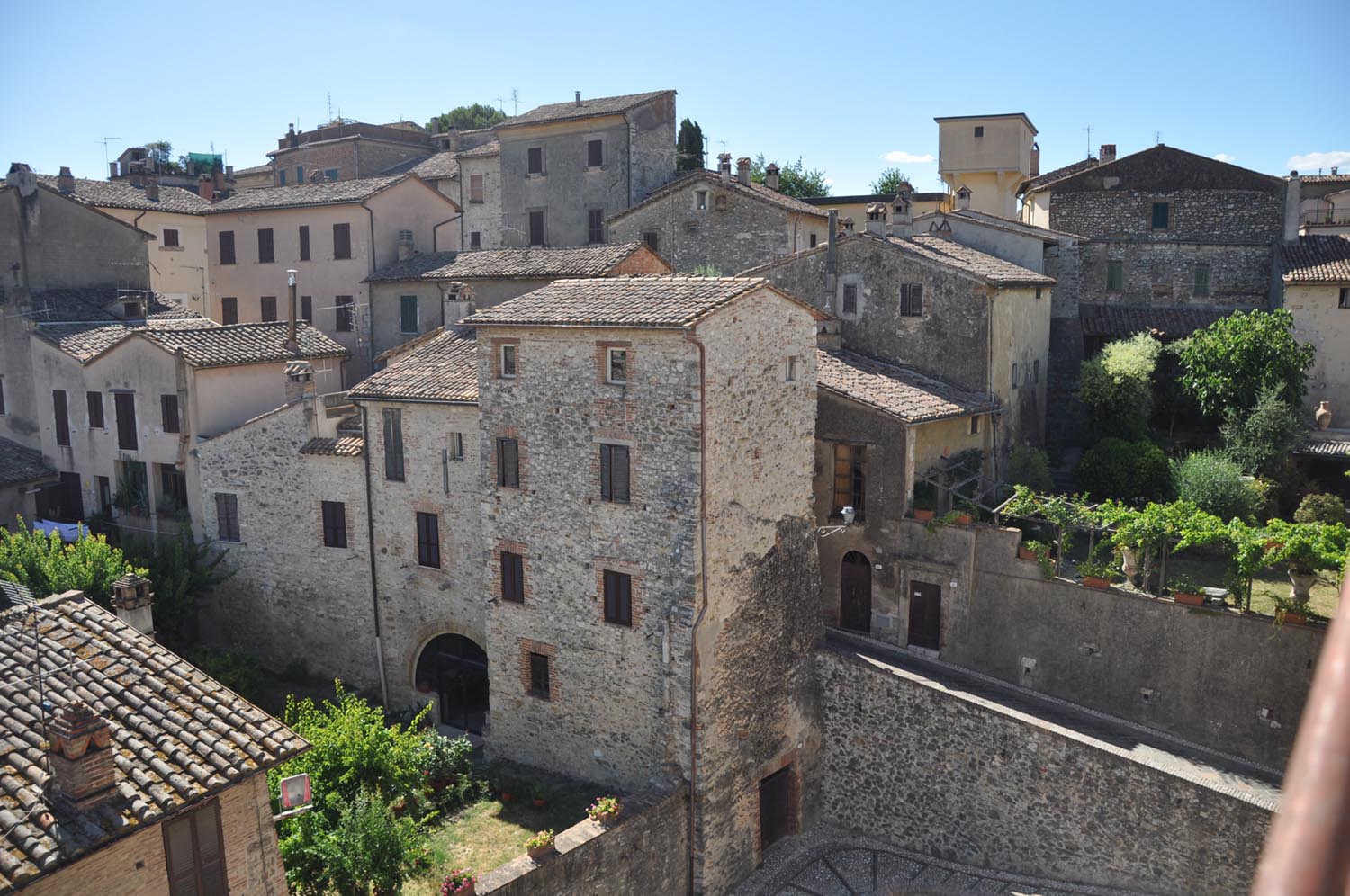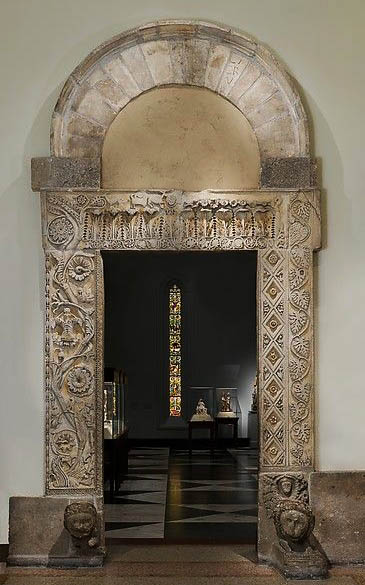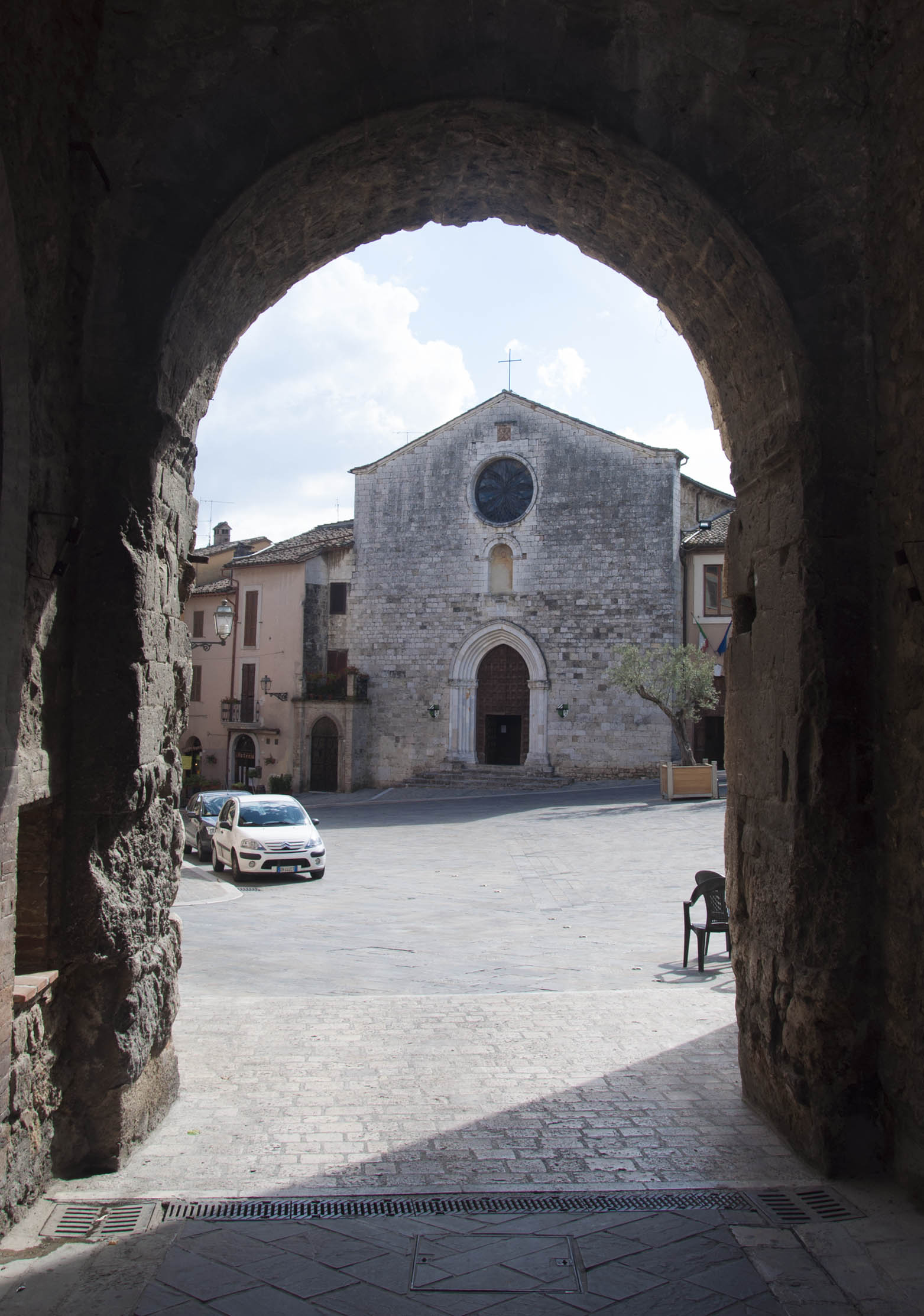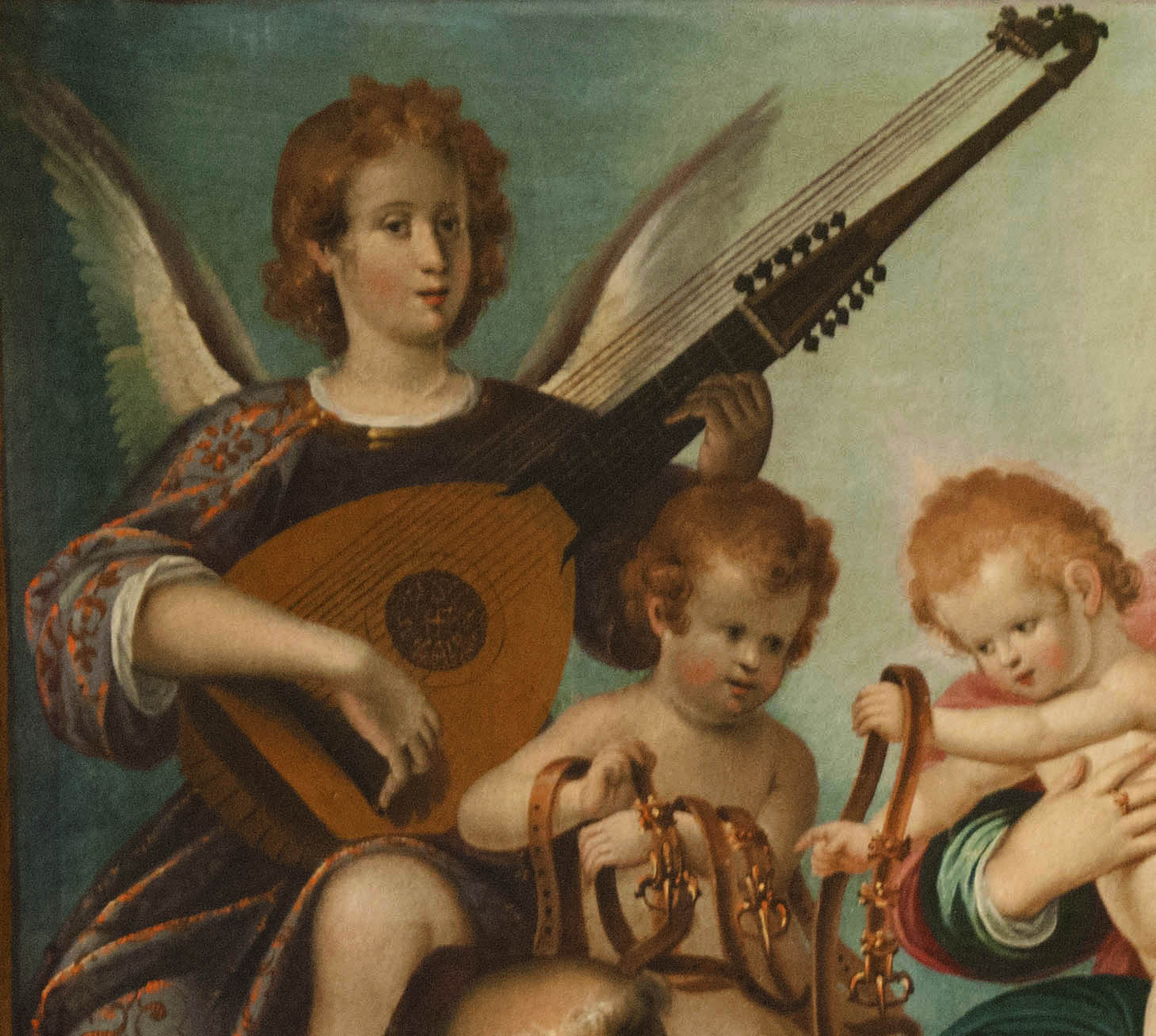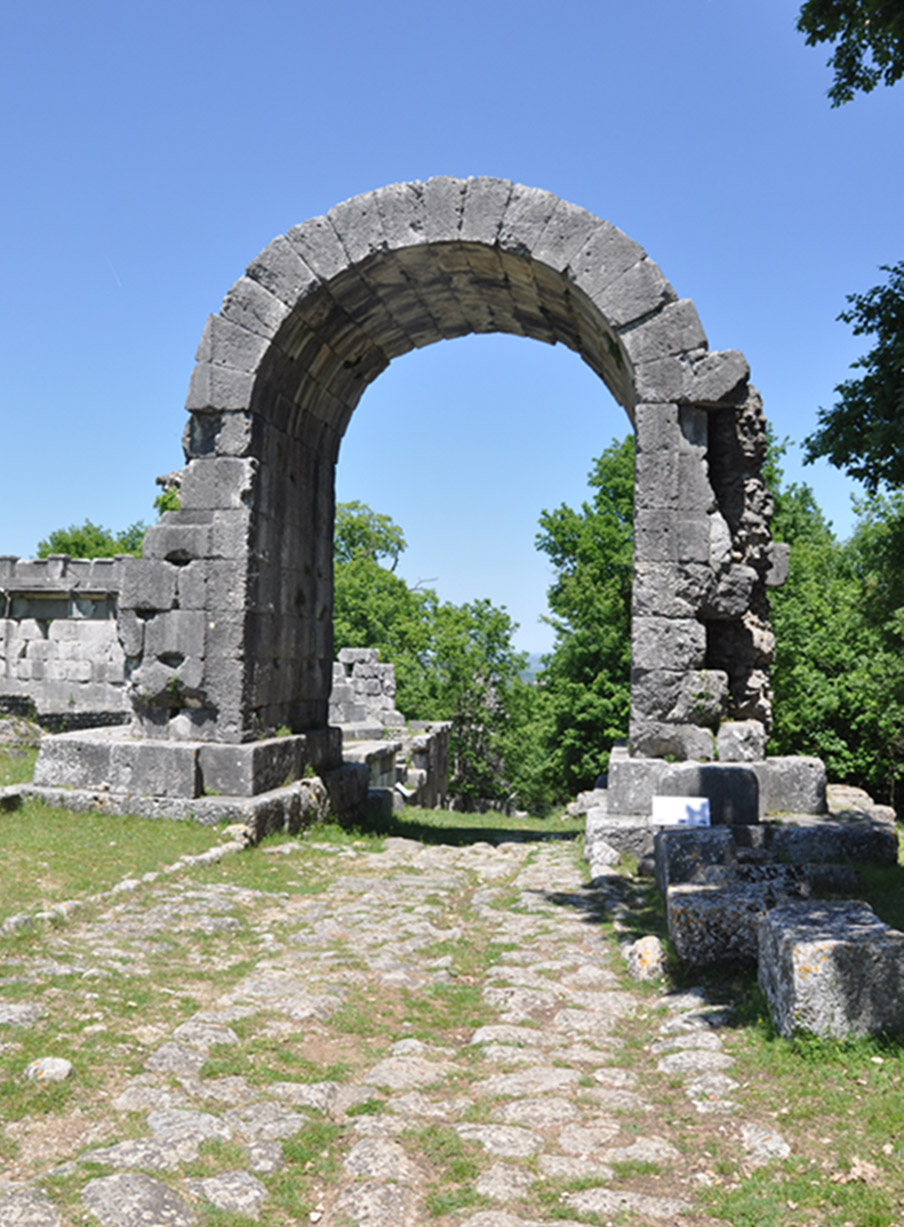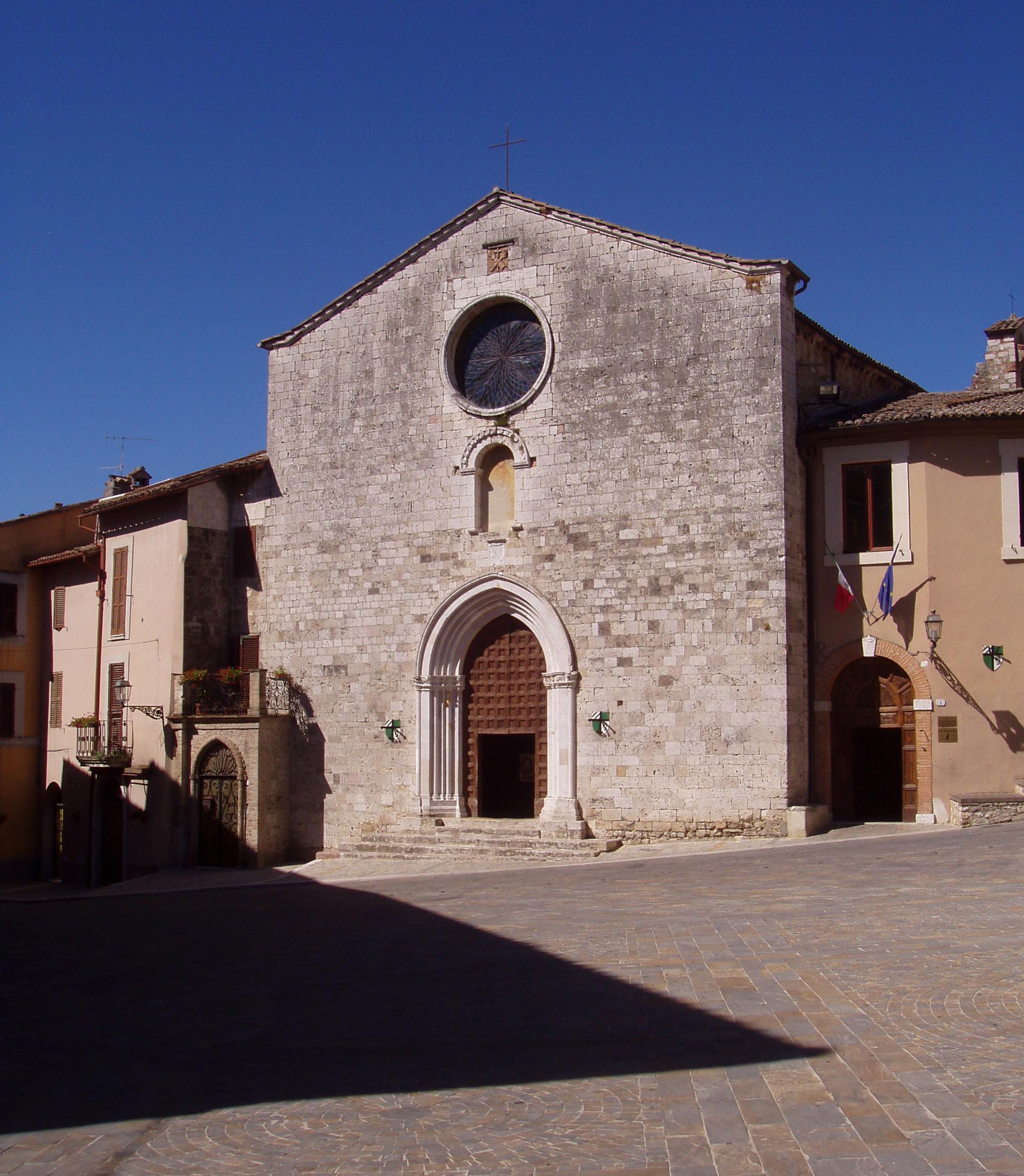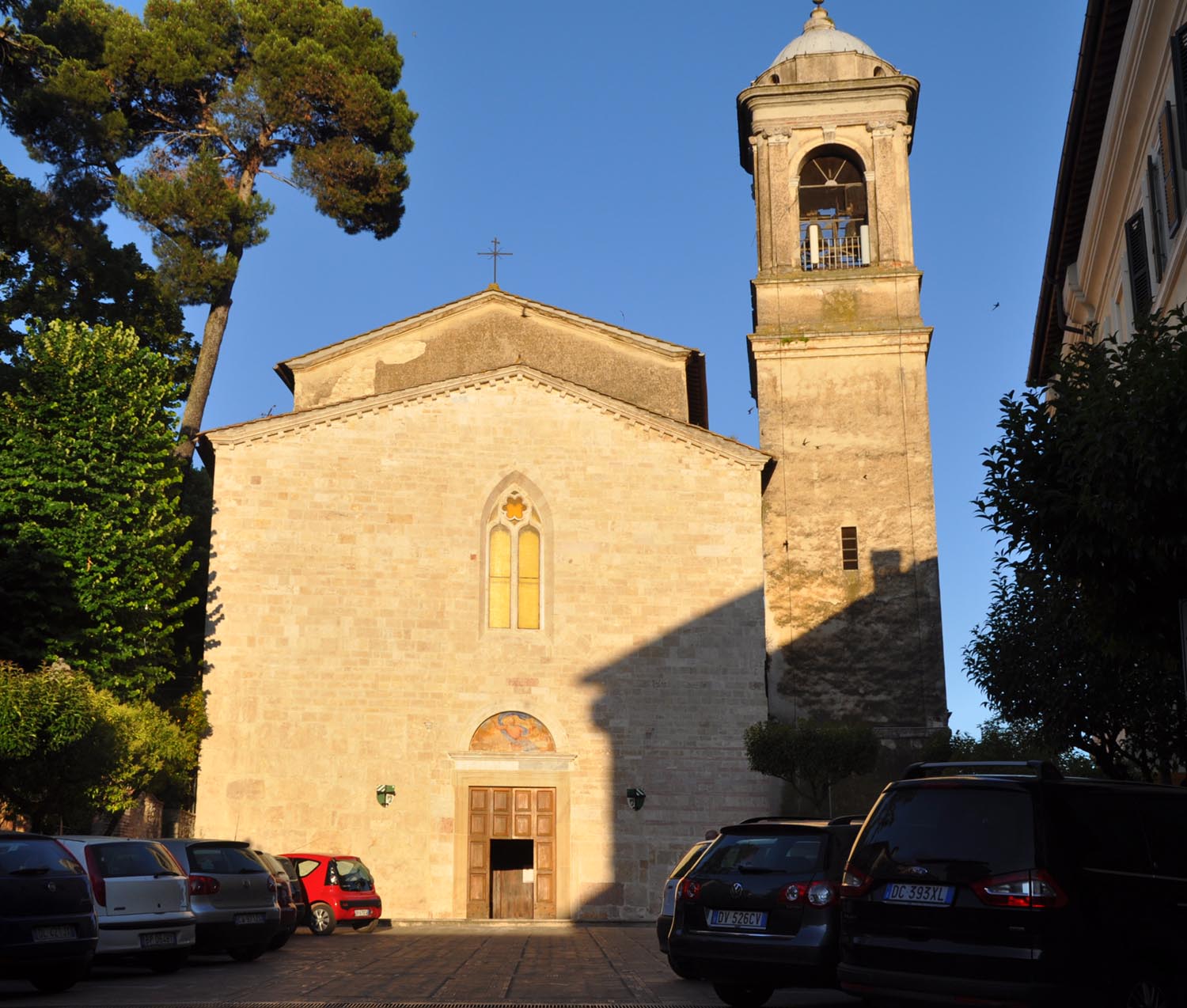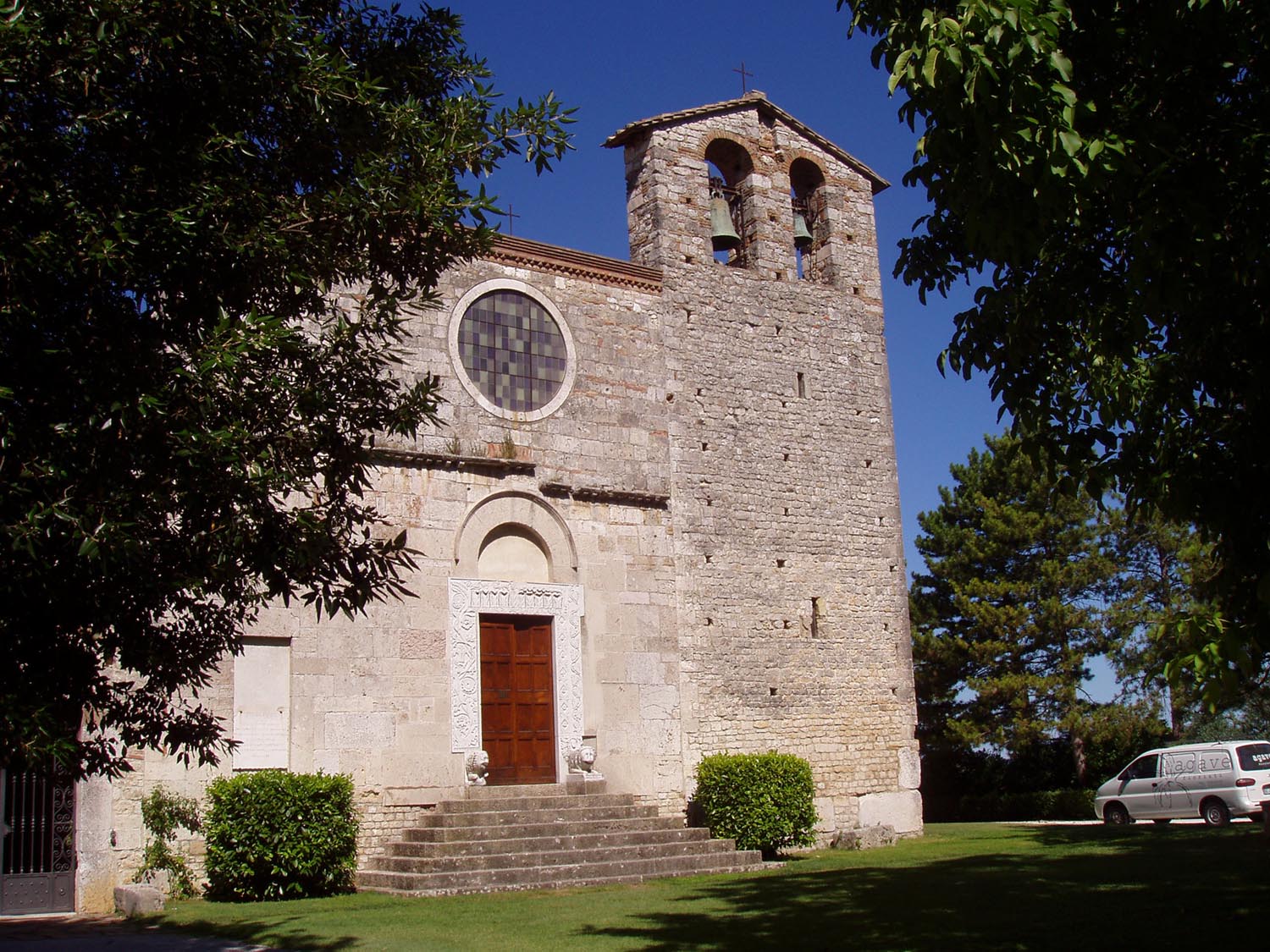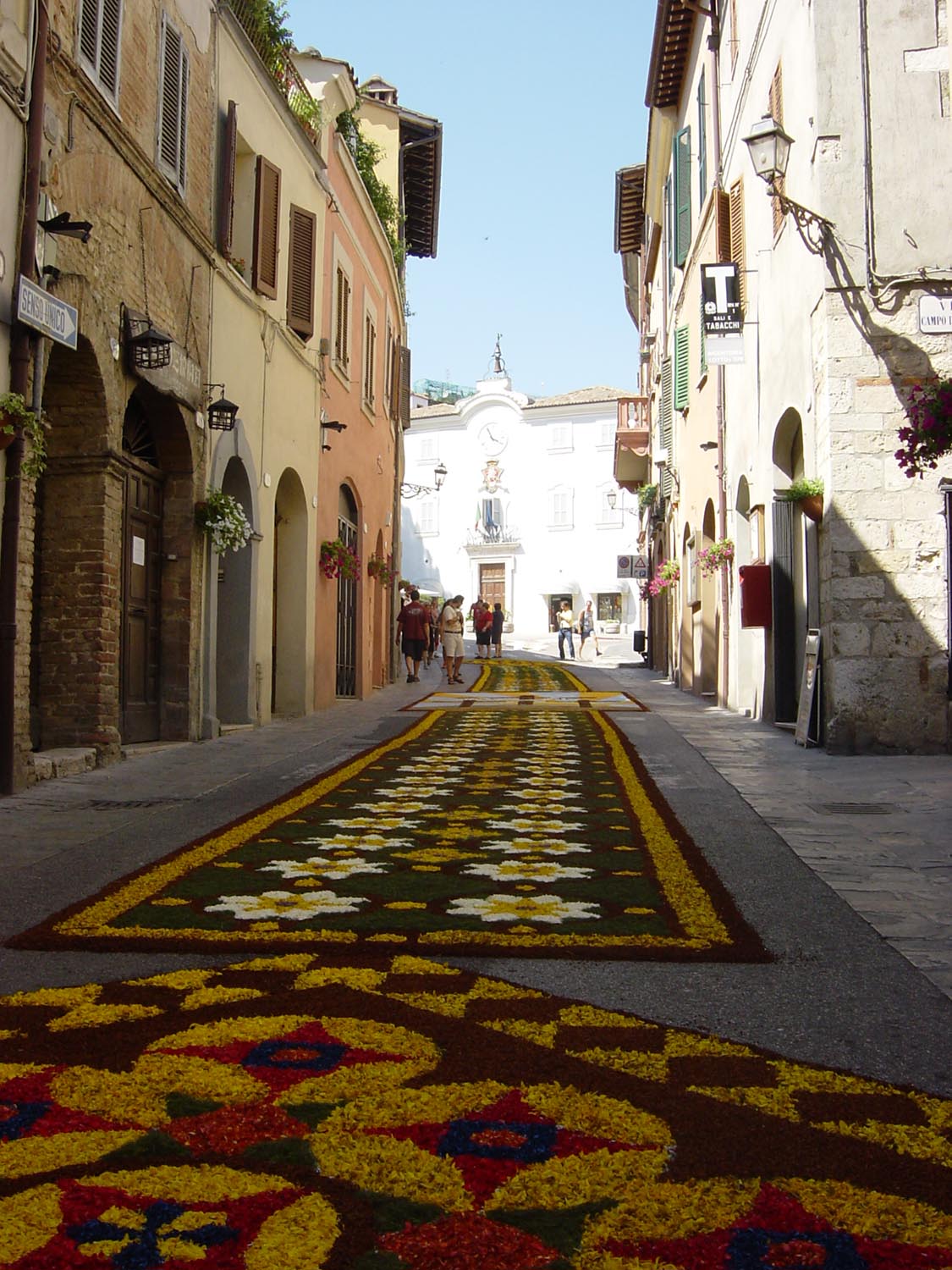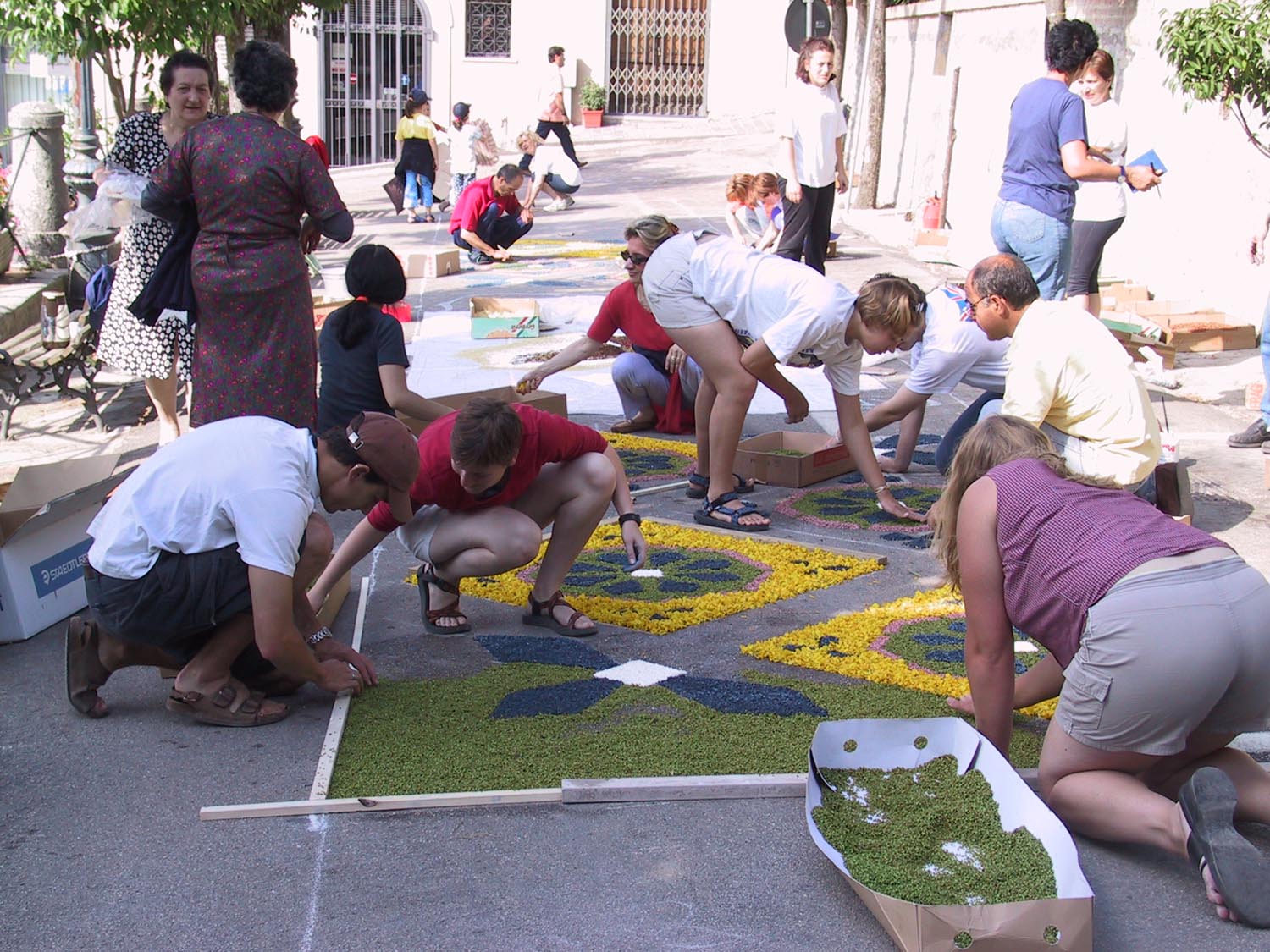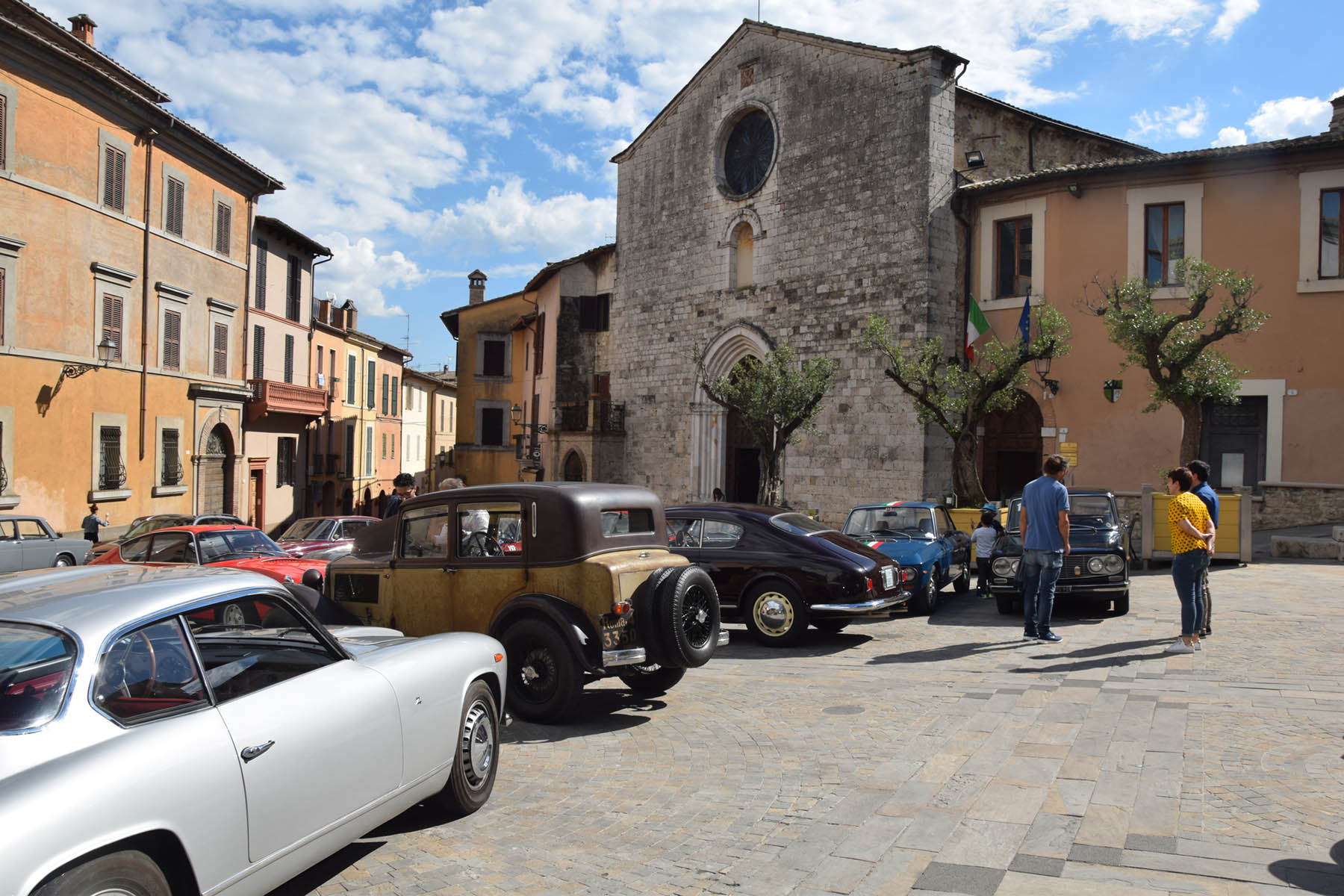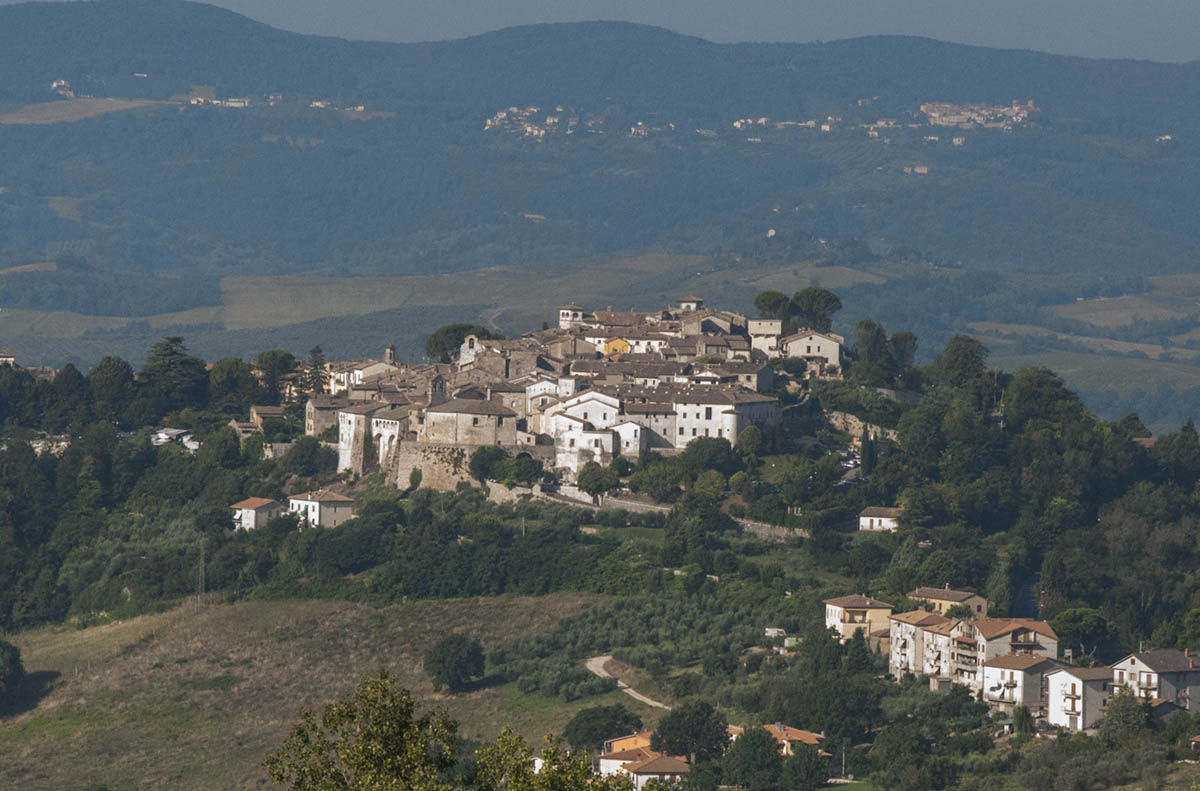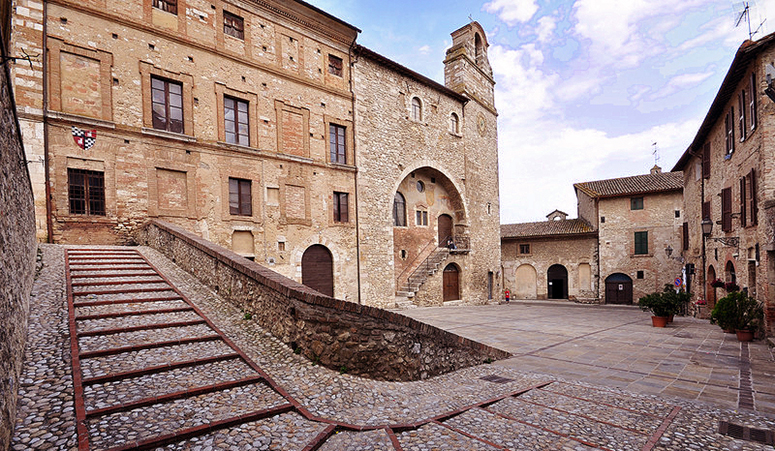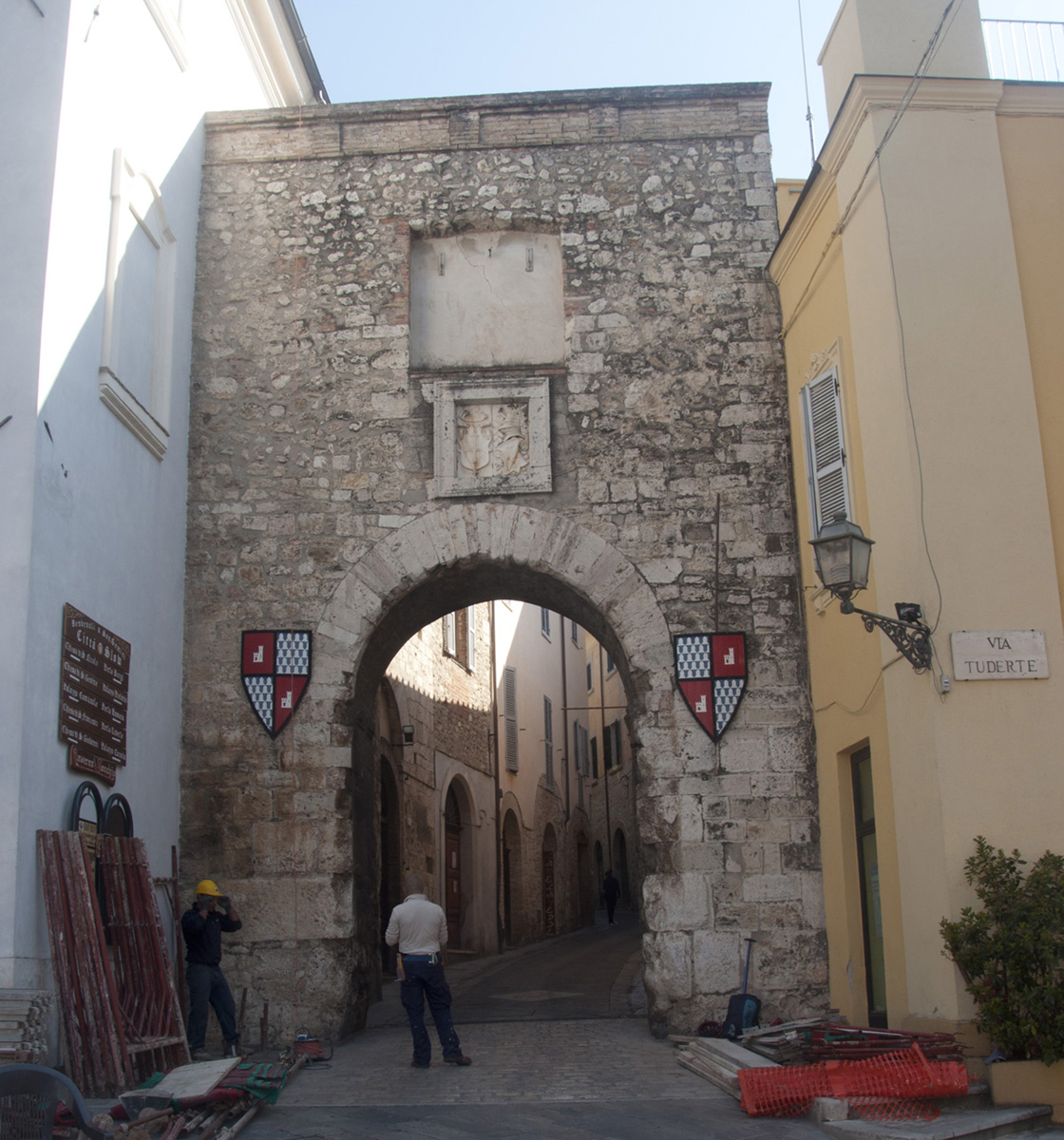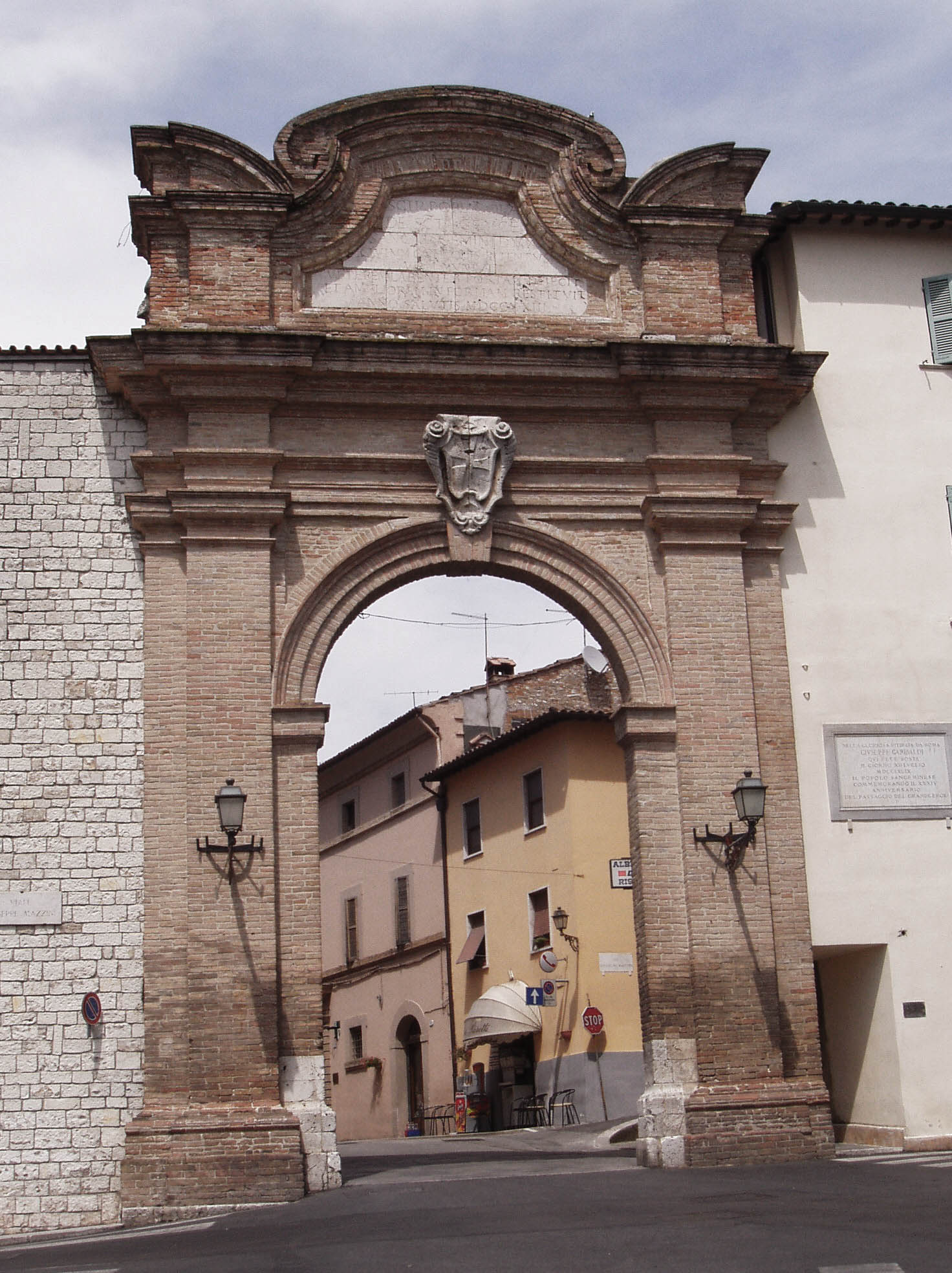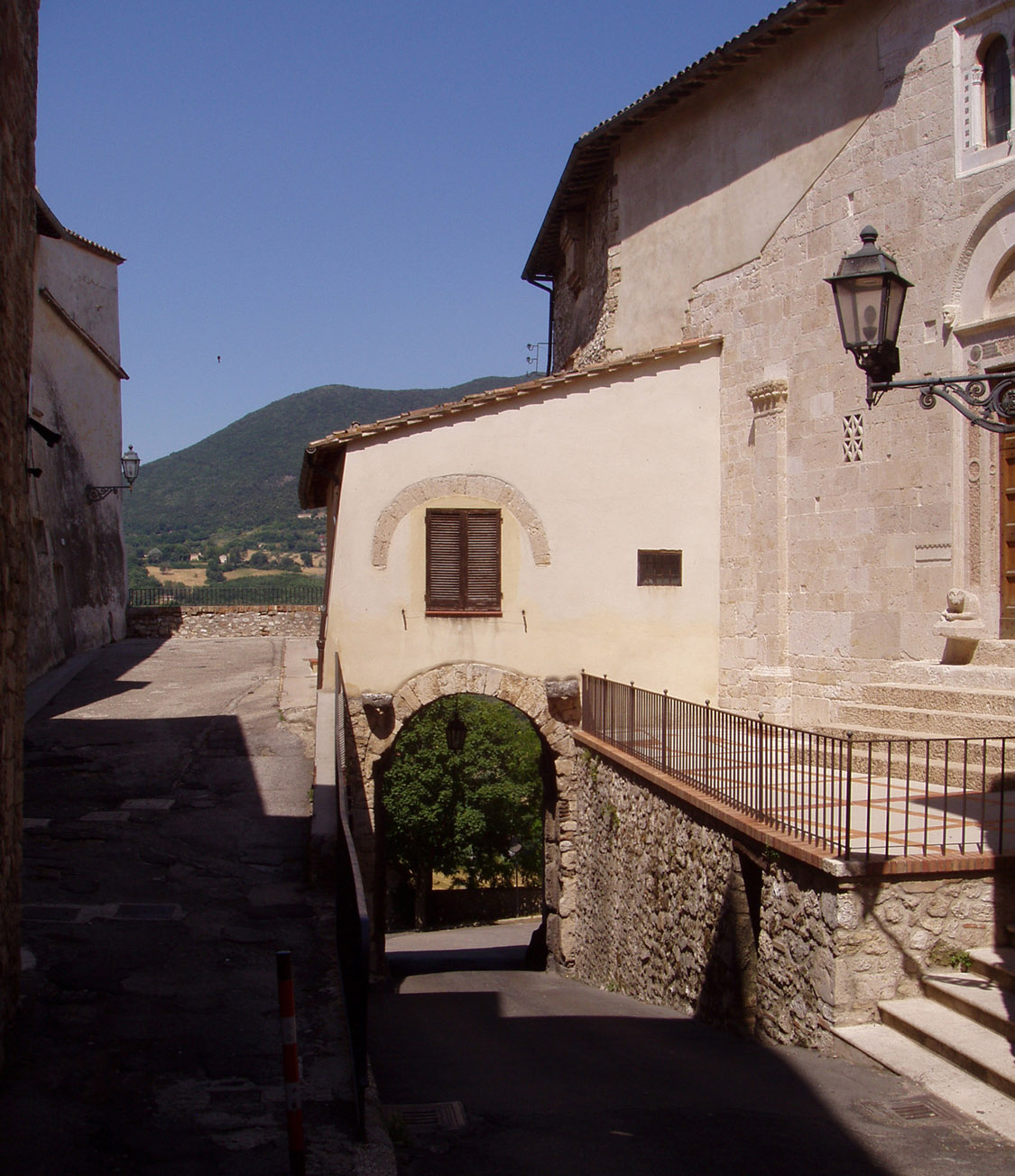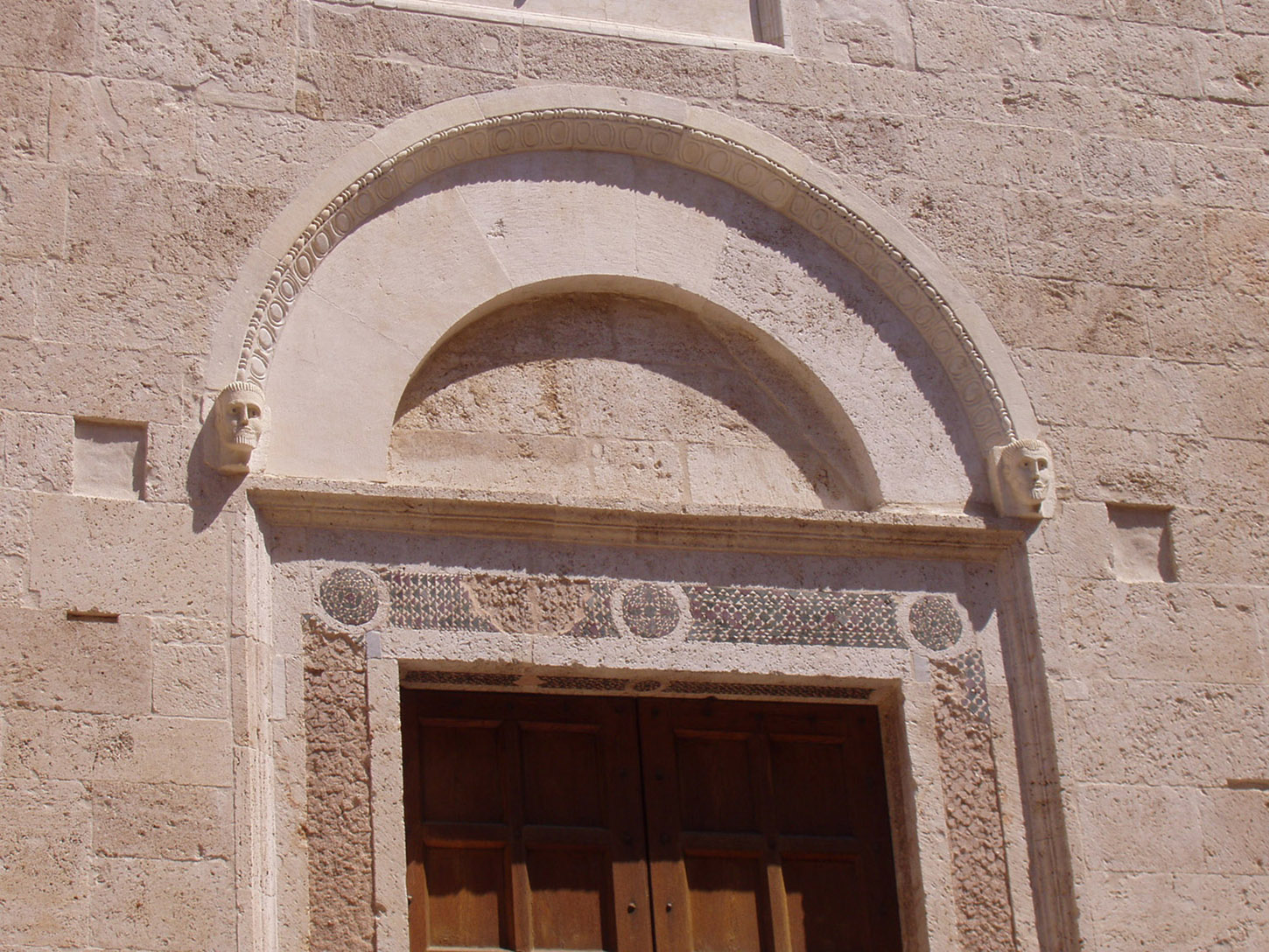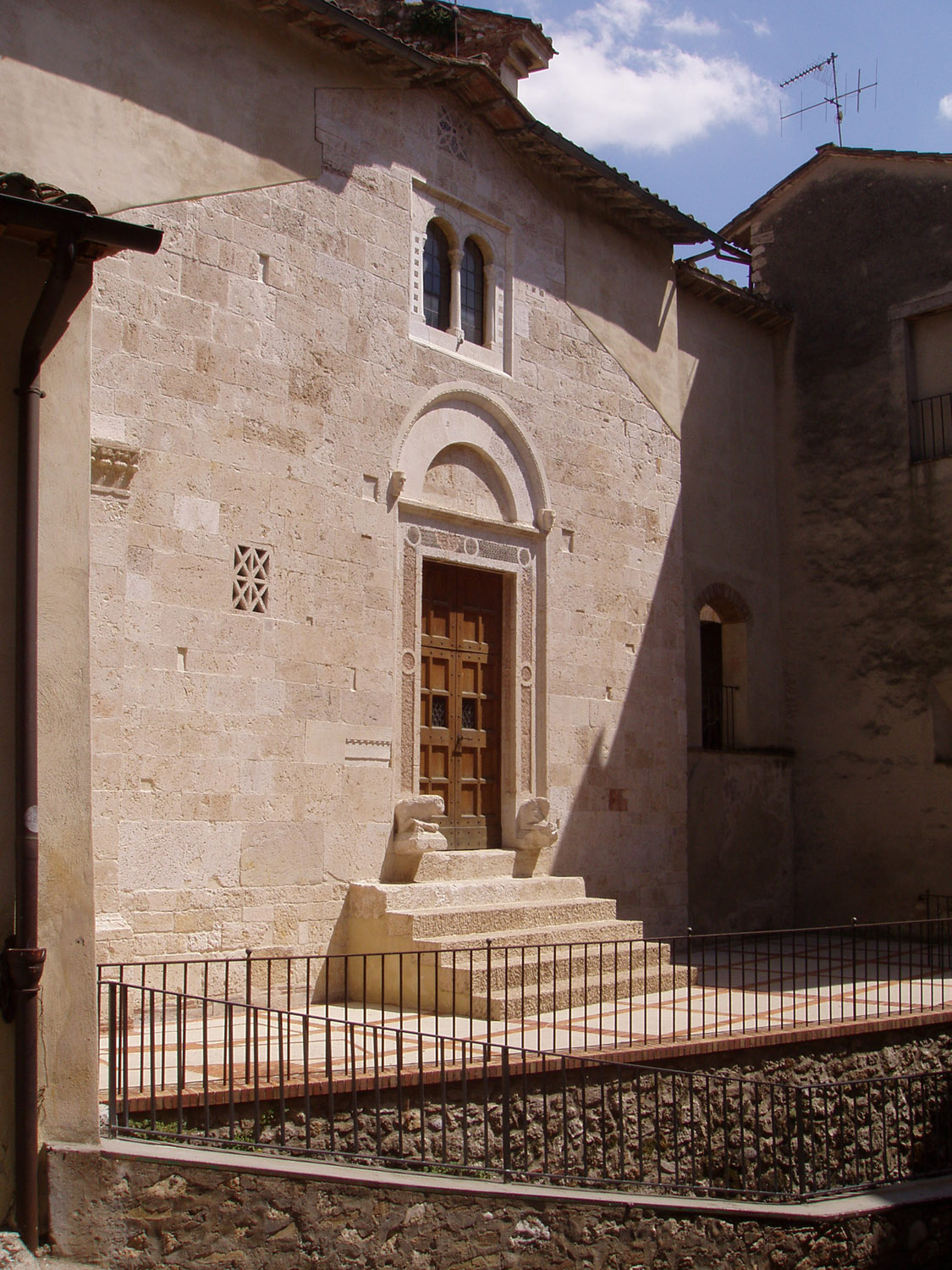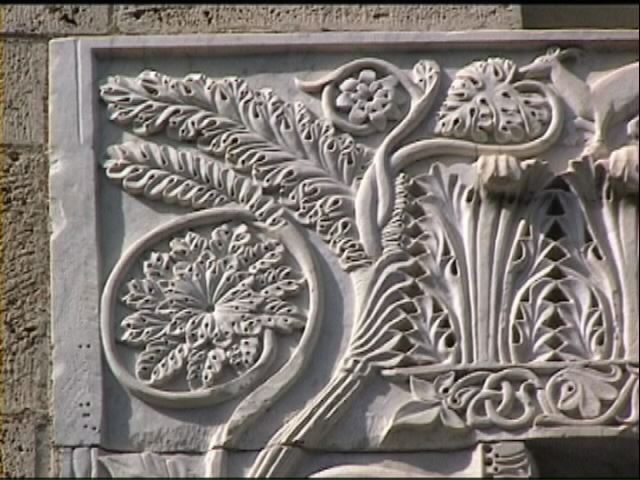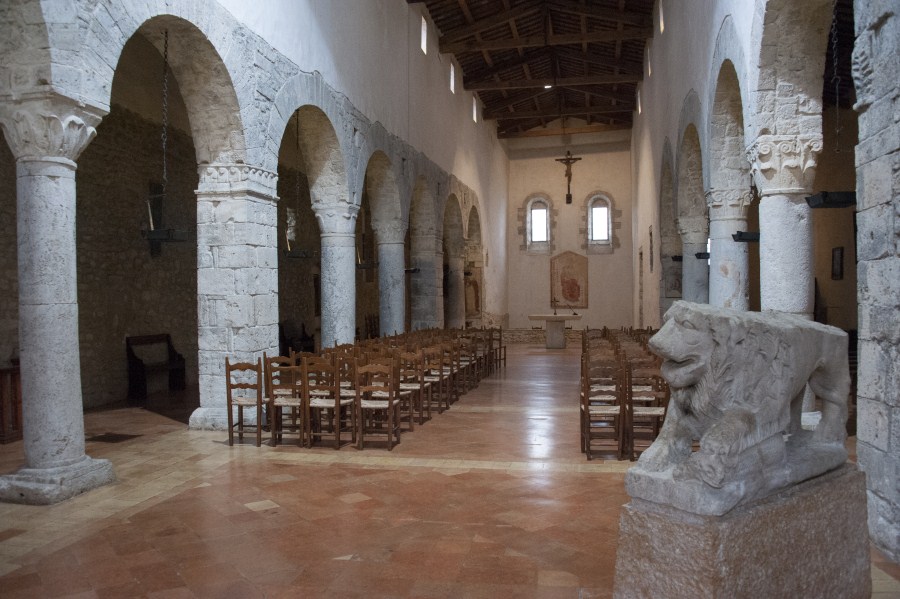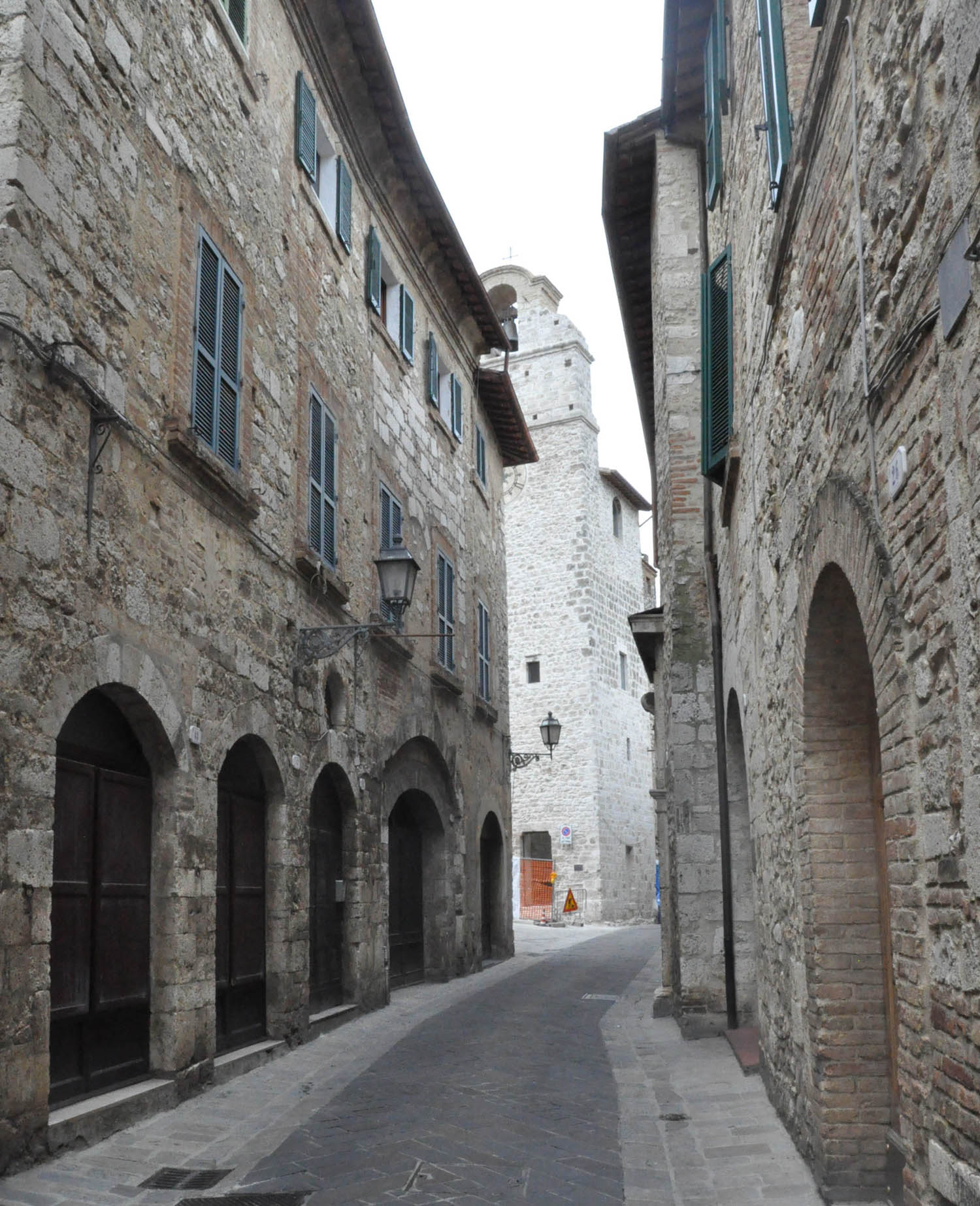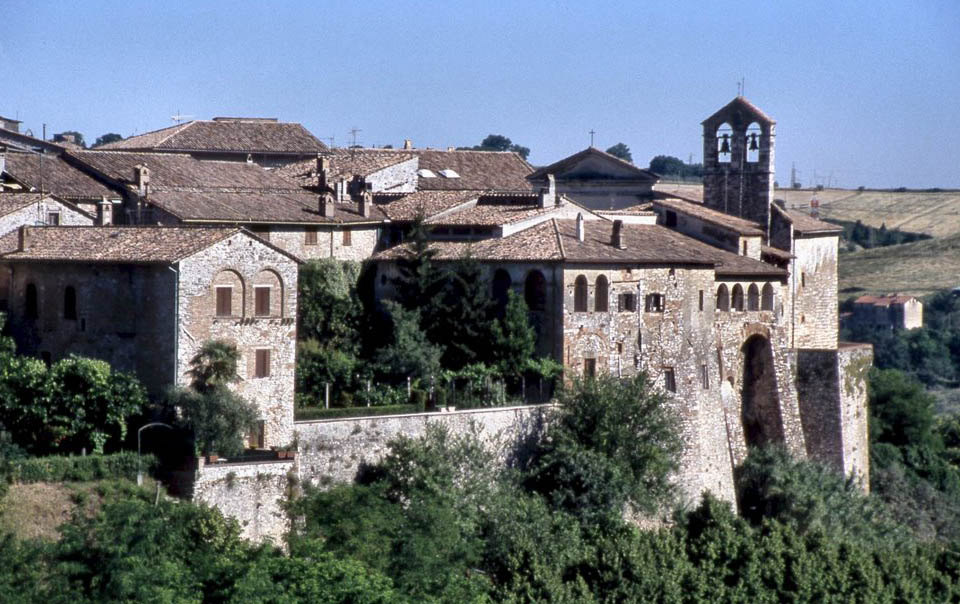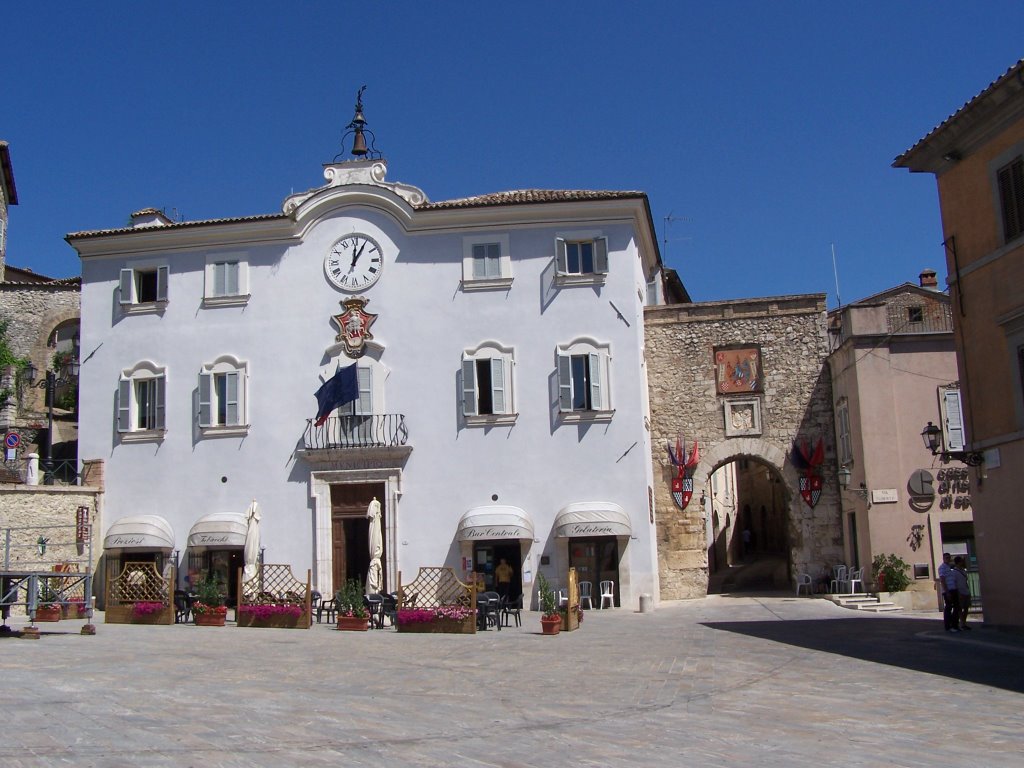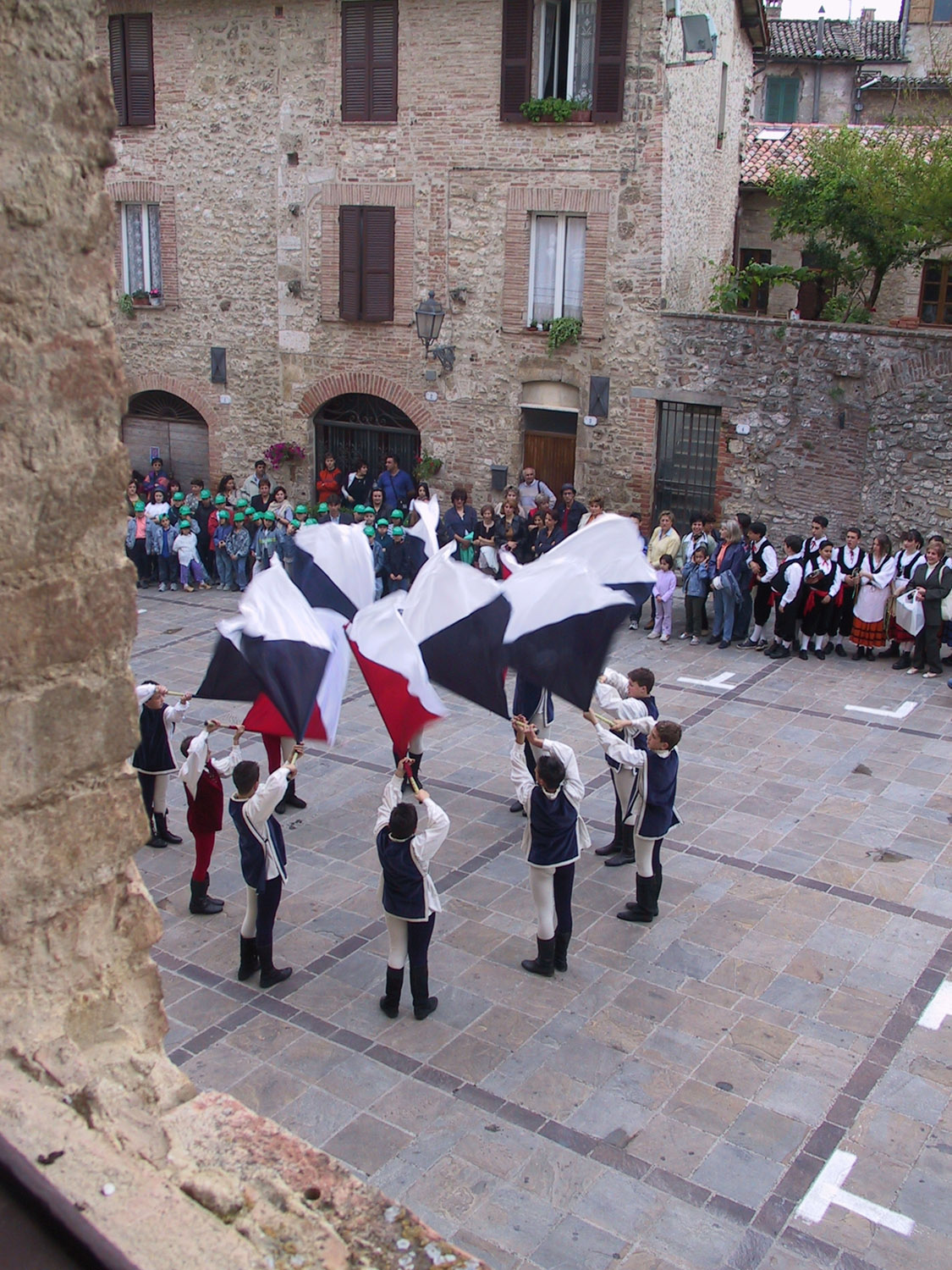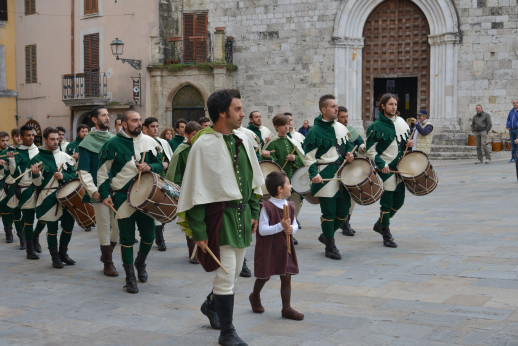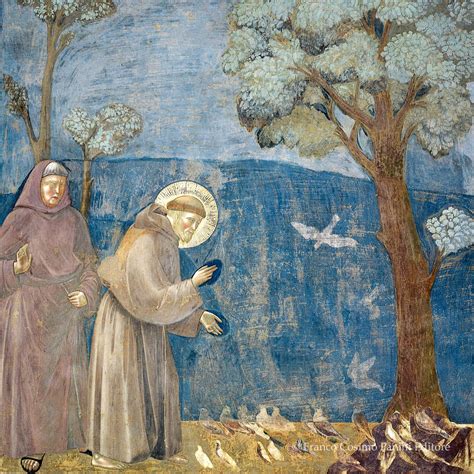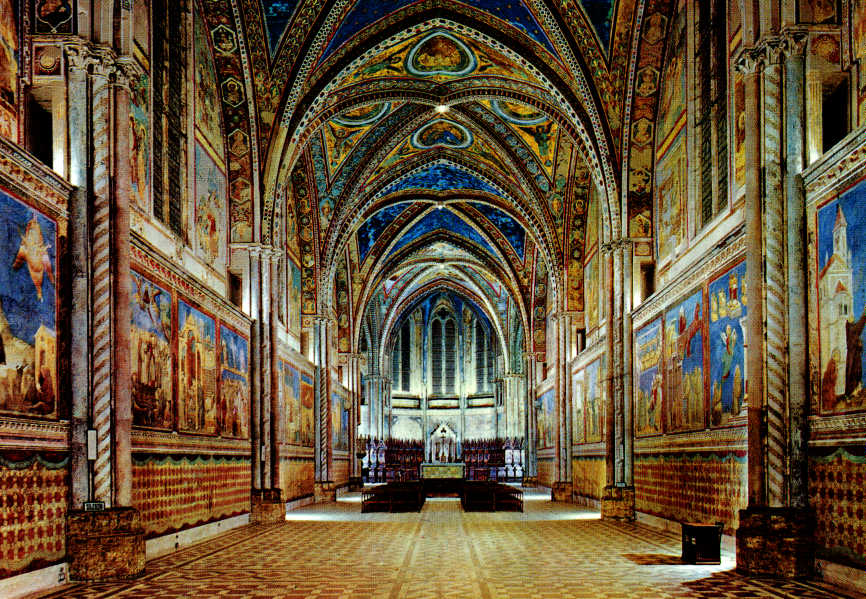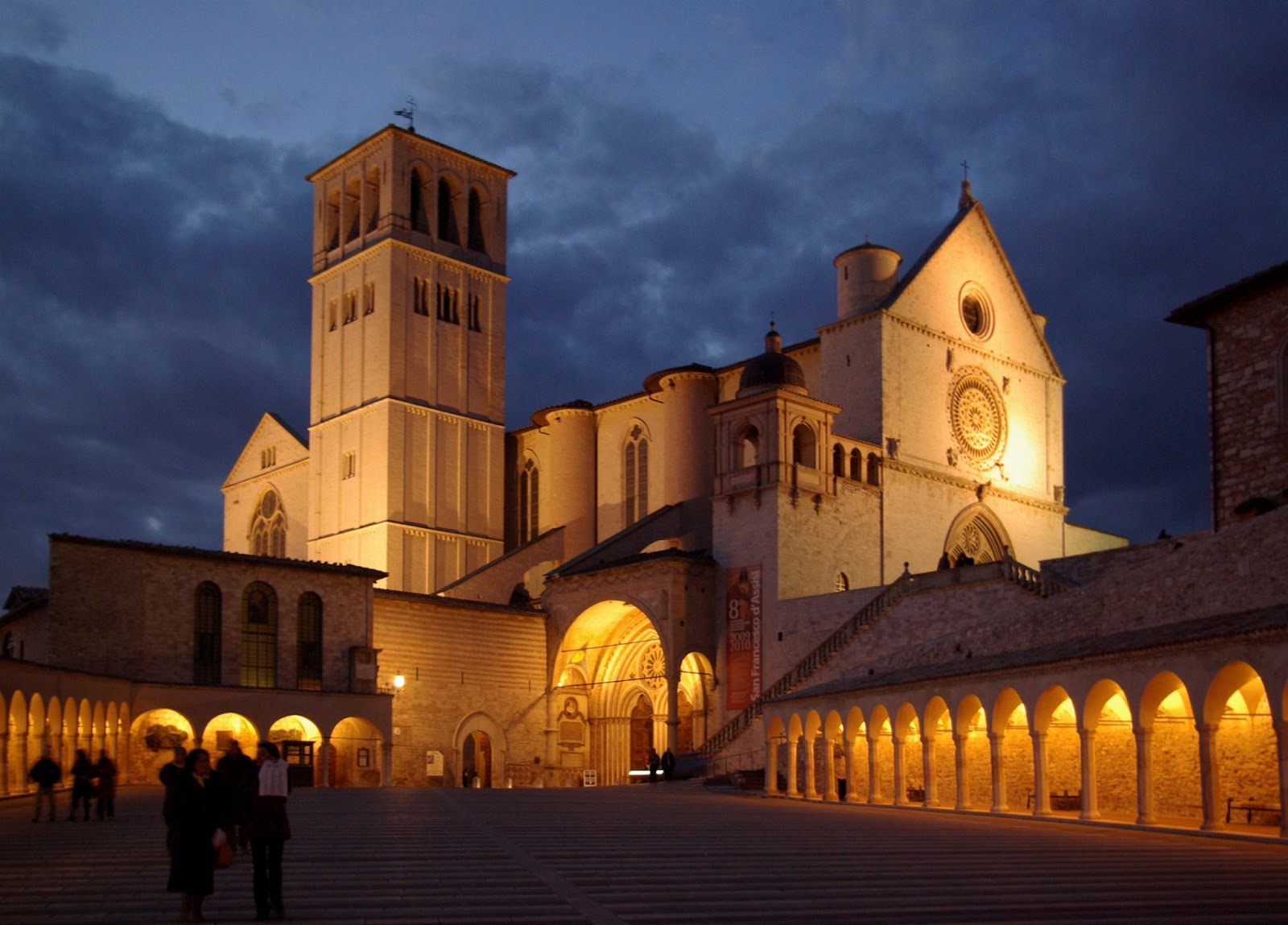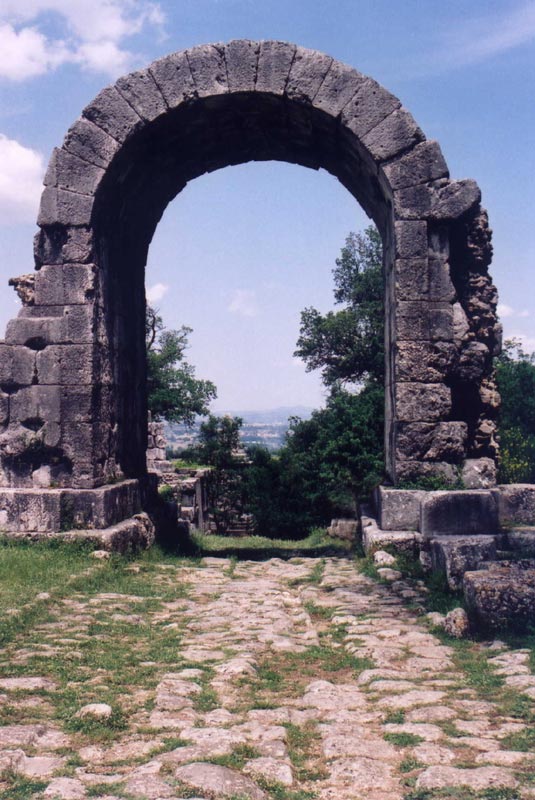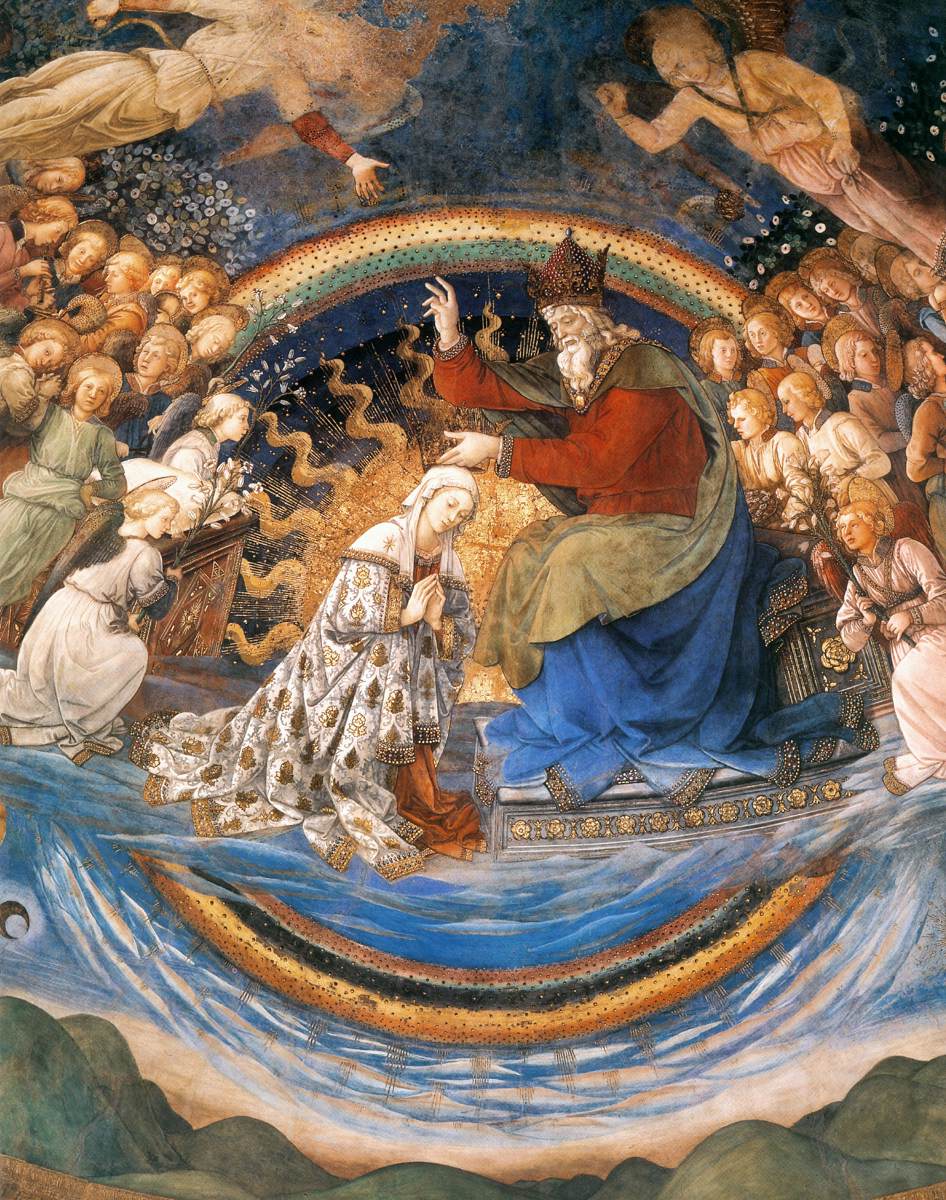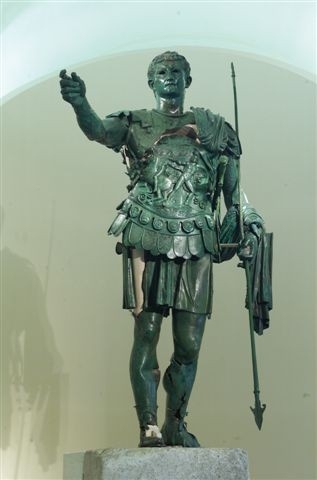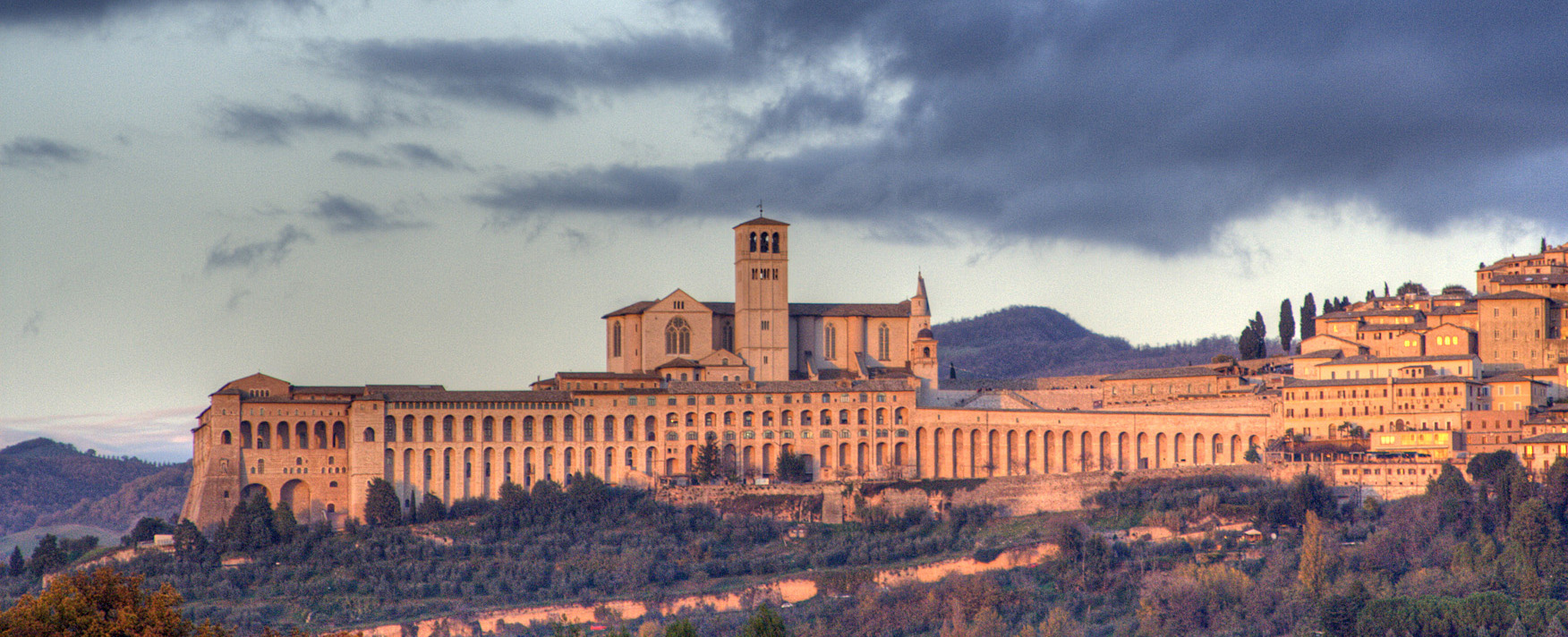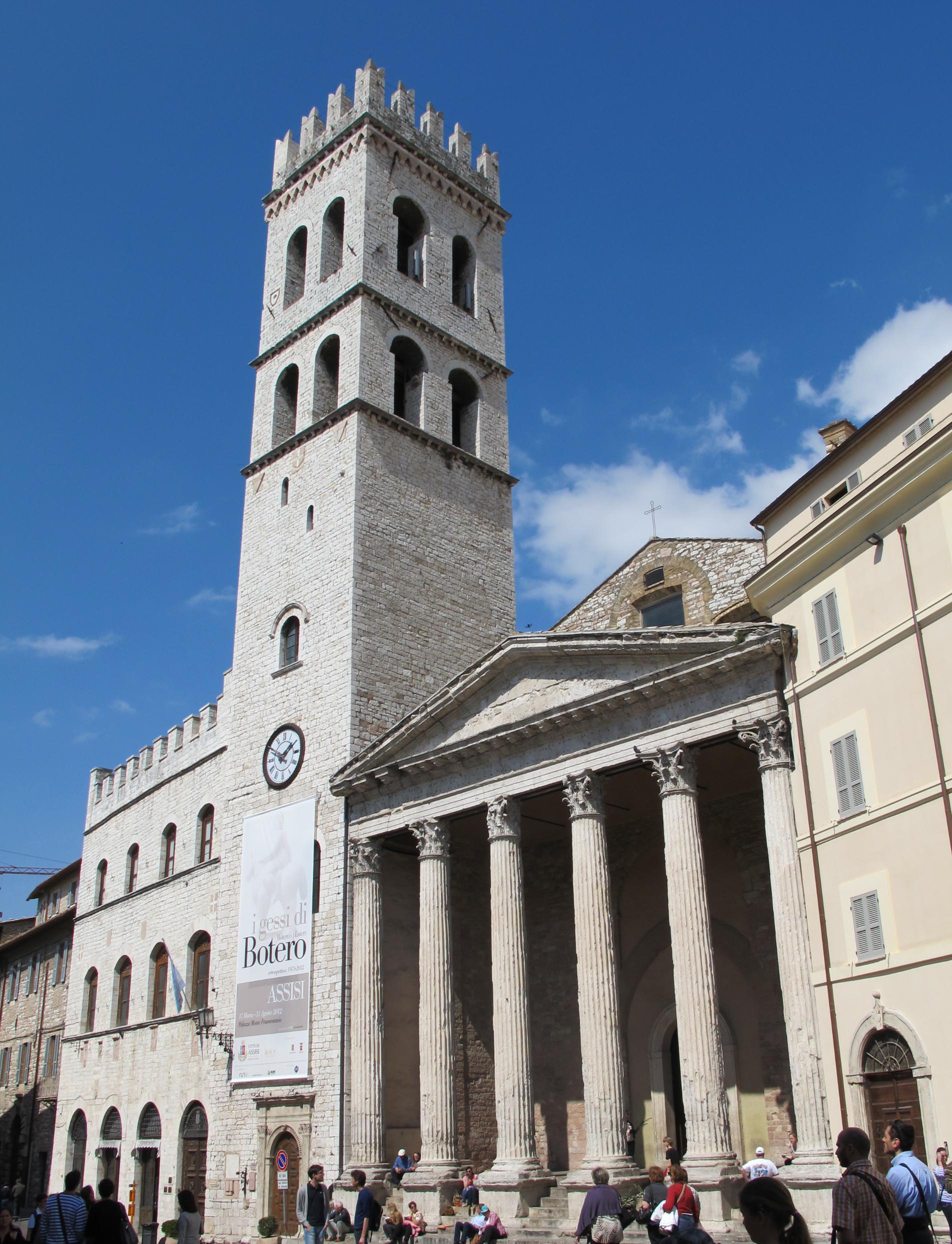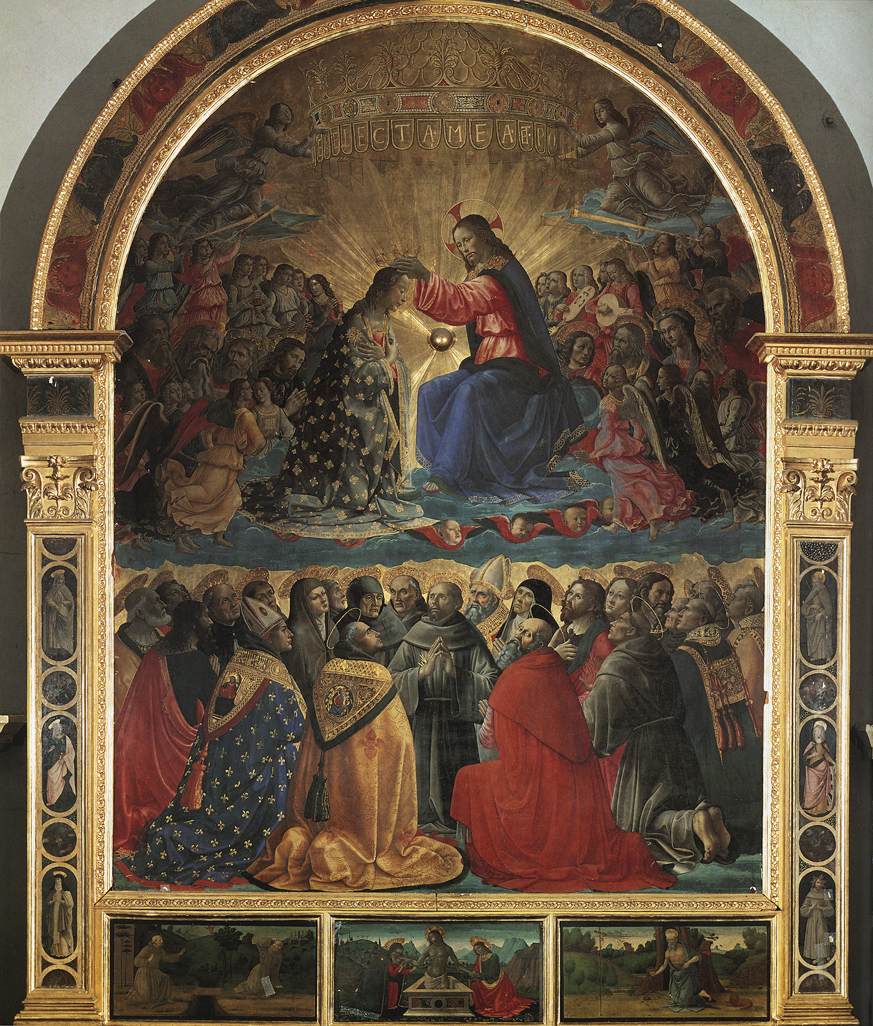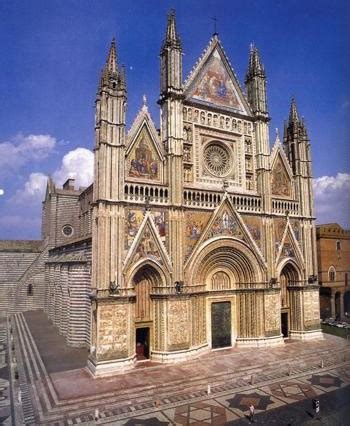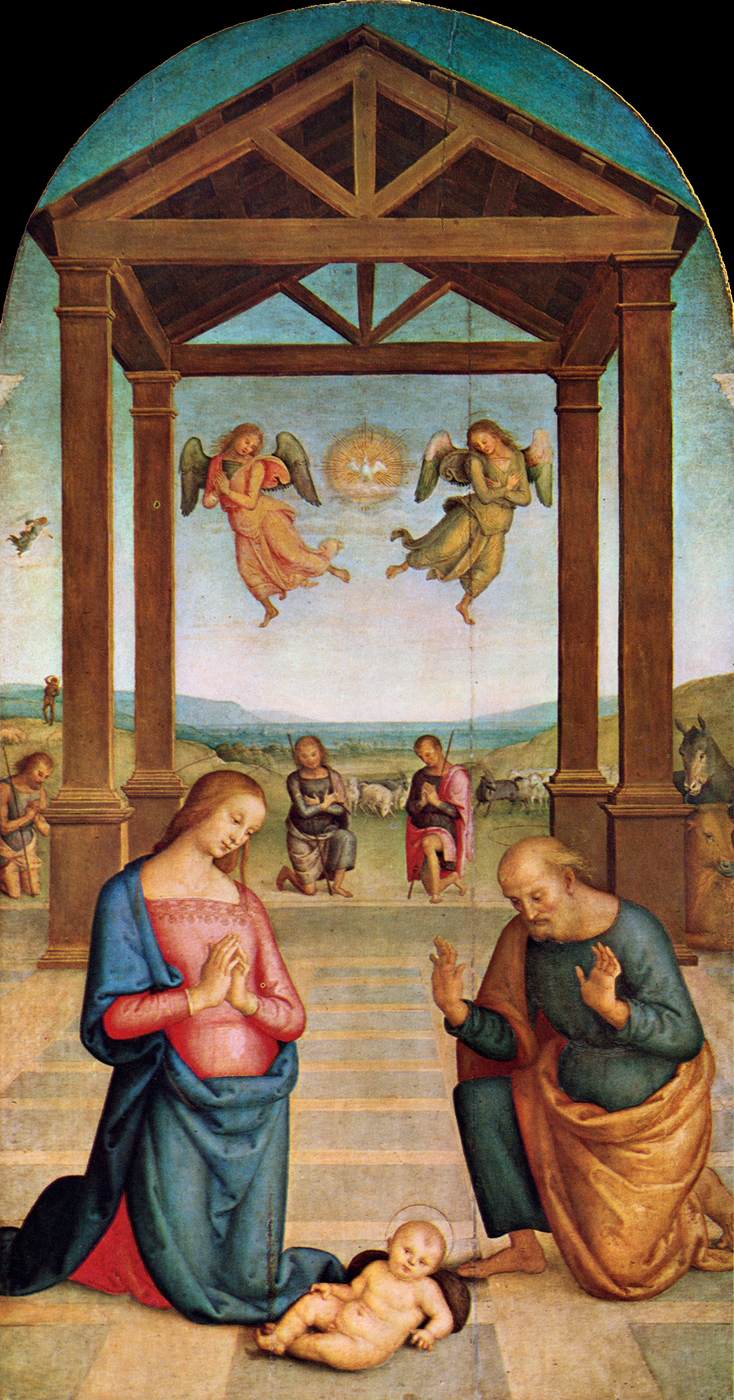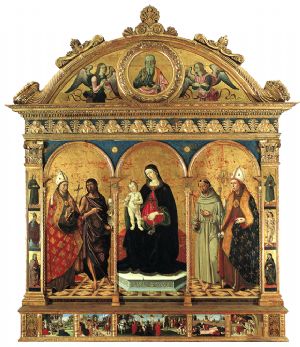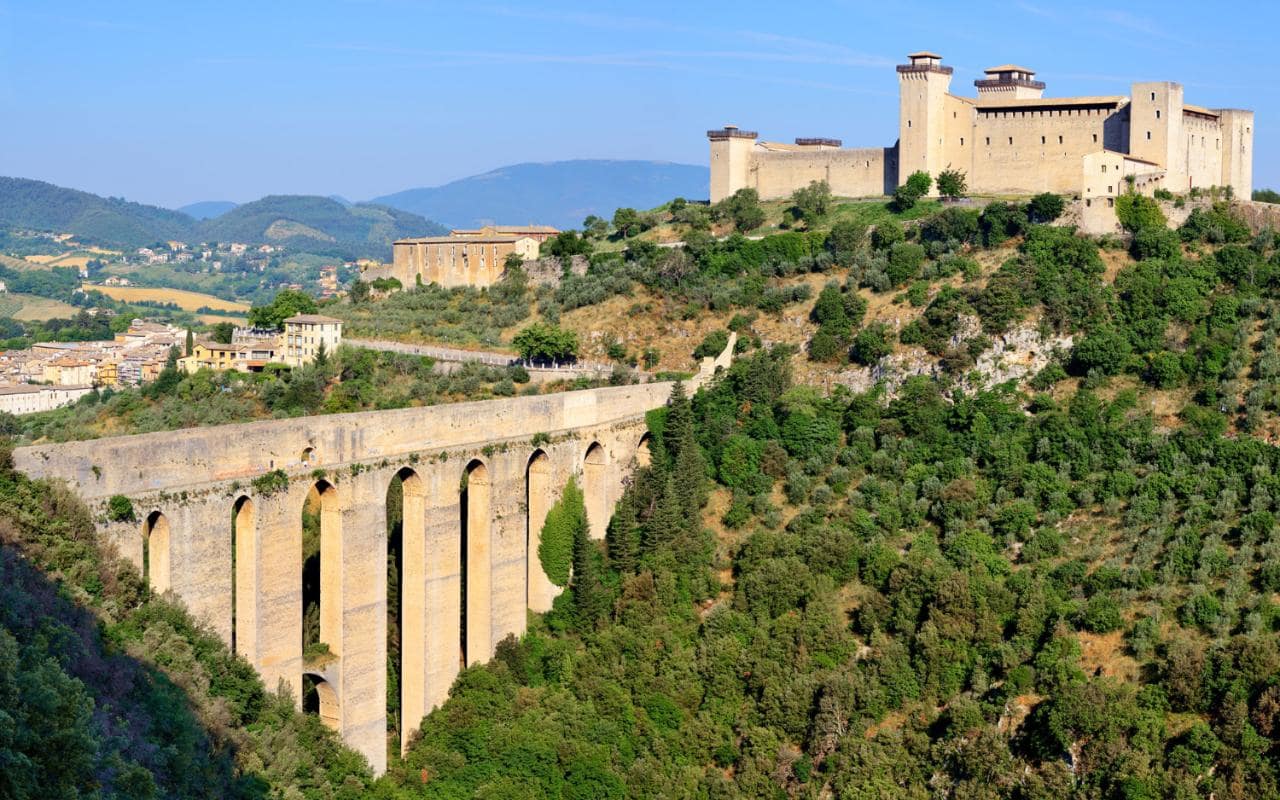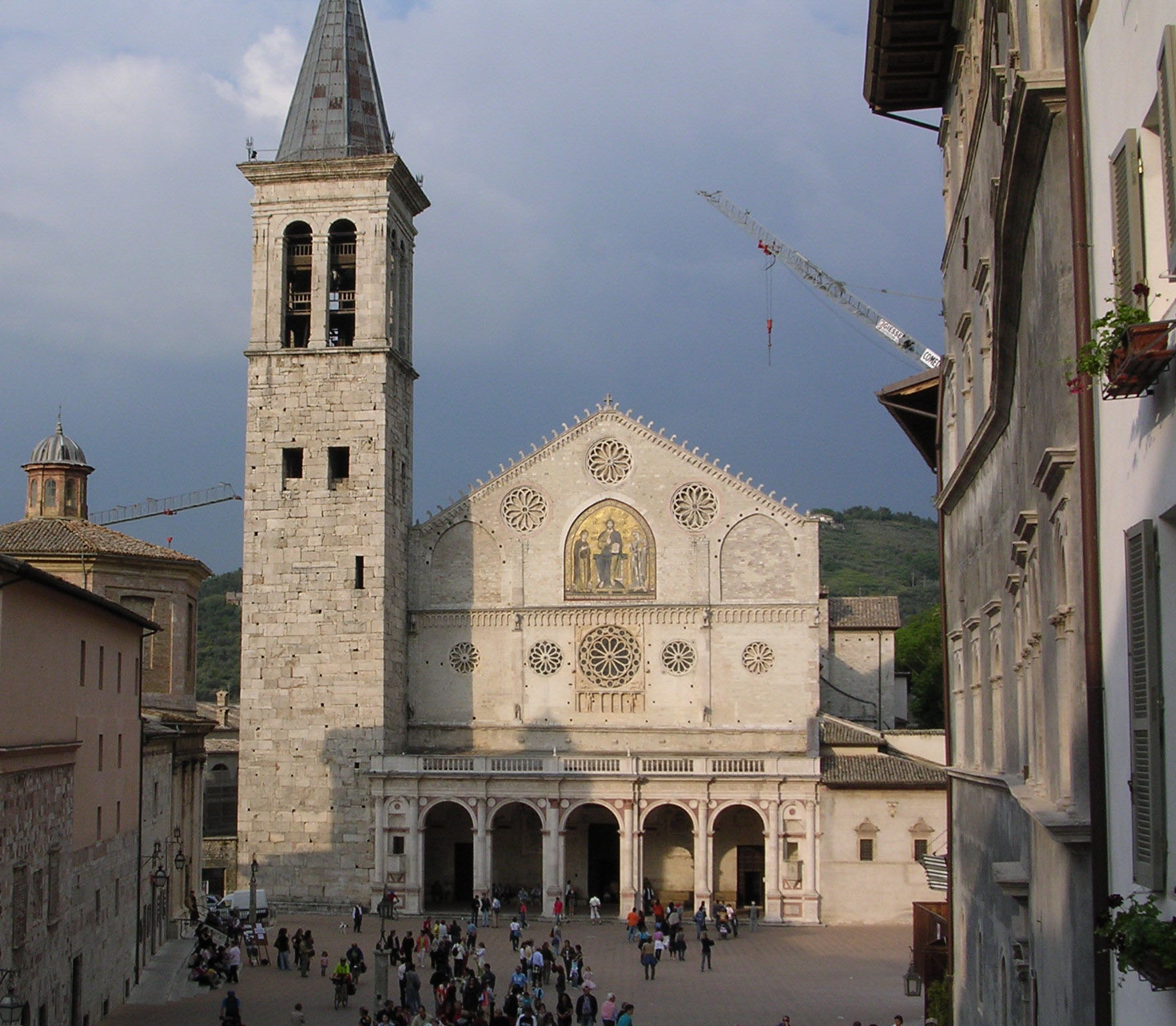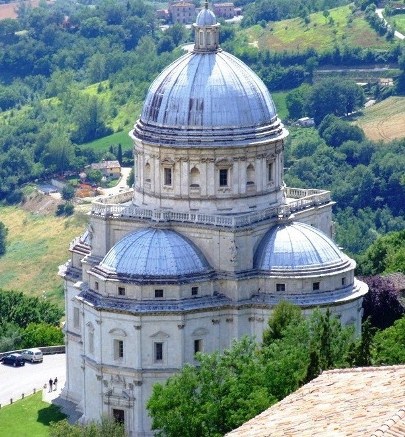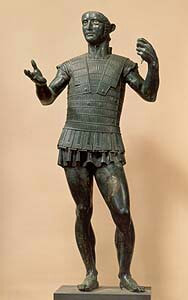Program A : Touching the Stones, Restoration and Analysis of Historic Buildings
/San Gemini Preservation Studies 2025
Session 1: June 2 – June 27 (4 weeks)
Location: San Gemini, Italy
Program Information
Students are required to take both courses, participating in the lectures in the morning and the field projects in the afternoon. In the four weeks of the program, field project participation is split in two equal blocks of time: The first is working on the material restoration of the San Giovanni City Gate (13th century); the second is sketching and documenting various buildings or historical features of the town of San Gemini.
This program is intended for students planning to be involved with building conservation and restoration, architecture, art history, civil engineering, art, restoration, field history, management of cultural heritage, anthropology and history of technology.
Field Projects associated with this Program:
Restoration of the Tuderte ( aka. San Giovanni) City Gate (13th century)
Analysis of medieval buildings in San Gemini as part of an urban study of the city
Restoration of Traditional Masonry Buildings in Italy
Course 1
Instructor Prof. Valery Tovazzi
SG 201 (3 Units)
The first course deals with the restoration of masonry buildings in Italy and focuses on traditional building materials such as stone, brick, stucco and mortars out of which structures, decorations and fixed art are made. This course involves lectures in the morning and a restoration workshop in the afternoon. During the lectures students are instructed on the nature of the building materials, how they are used, how they age and deteriorate over time, the agents of deterioration, and various approaches to their restoration. In the afternoon students participate in a workshop (a total of at least 12 work days) directly restoring the masonry of the San Giovanni City Gate (13th century) in San Gemini.
Sketching and Analyzing Historic Buildings
Course 2
Instructor Prof. Max Cardillo
SG 209 (3 Units)
In this course students learn how to identify and analyze historic buildings and their cultural context. The lecture classes develop skills by familiarizing students with the following topics: the evolution of the Italian city, building typologies, architectural styles, traditional building materials, structural systems, building components and construction methods. The afternoon sketching workshop offers the opportunity to develop analytical skills by observing and documenting historic structures in San Gemini’s medieval core. The hand drawing exercise is not only a gratifying personal experience, it is also a valuable tool (portable and low tech) for guiding the mind through a process of methodical observation and thinking.
